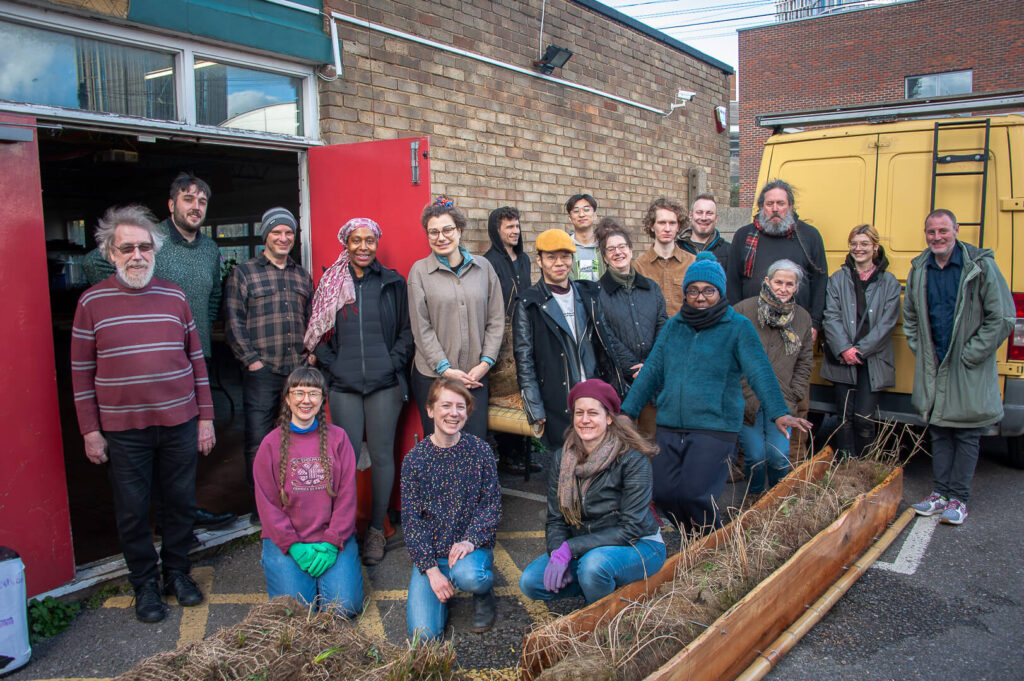
Growing Roots & Floating Habitats
What a great two workshops and launch day we’ve had!
Last week we finally floated the Channelsea Community Islands! So much thanks to all that contributed to their creation, they are now floating in the river ready to grow and flourish and provide homes for creatures for all kinds! So keep a look out for their evolution as you cycle or walk past on the Greenway, and post your pictures!
Workshop Day 2
Many thanks to all who came down for the second workshop day, it was a wonderful way to spend the day together, our seamless heavy lifting teamwork at the end of the day was a testament to the group cohesion that had occurred over the hours we worked and chatted together!
After a few hours at Carpenter and Dockland Community Centre, planning, chatting, measuring and tying, we had our seven habitats and coir rolls in place!
Workshop Day 1
From the first workshop day, thanks to our speakers Kate Spencer and Simon Read, for giving us a greater appreciation and understanding of how inter-tidal ecologies function, how they are threatened, and how by us working together we can improve them. Thanks to Newham Community Assembly and also to the Mayor of Newham Rokhsana Fiaz for visiting us to hear more about our project and for her support.
SATURDAY 29th JAN
Morning Session:
• At the riverside planters located just off the Greenway, adjacent to Abbey Mills pumping station.
• Experiential talk with Kate Spencer
Getting up close with some mud samples, talking about tidal environments, pollution, and restoration possibilities.
Kate Spencer is a Newham resident and Professor of Environmental Geochemistry at Queen Mary’s University. As an environmental geochemist, she works across disciplines to provide fundamental science to underpin the effective management of fine sediment in estuaries and lowland rivers. Her principal research interest is in understanding the source, distribution, and behavior of sediment-bound contaminants and quantifying how this is impacted by natural disturbance, anthropogenic management, and restoration activities.
Afternoon Session:
• Talk & discussion by Simon Read at the House Mill
A talk from Simon about his experience of remediation work on the salt-marshes in Kent and lead a conversation around the issues being faced, the future of these kinds of environments, and the possibilities of remediation, with particular attention to an inter-disciplinary approach.
Simon is a visual artist and Associate Professor of Fine Art at Middlesex University London. He has a particular experience and active engagement in estuary management schemes and the community benefits of a healthy intertidal salt-marsh environment (through years of living on a boat and working on the waterways in Suffolk). He is particularly interested in leading a discussion about the future of these kinds of environments and the possibilities of remediation, with attention to an inter-disciplinary approach.
The project is part of @newhamlondon community assemblies program #newhamcommunityassemblies
🌿🌿🌿

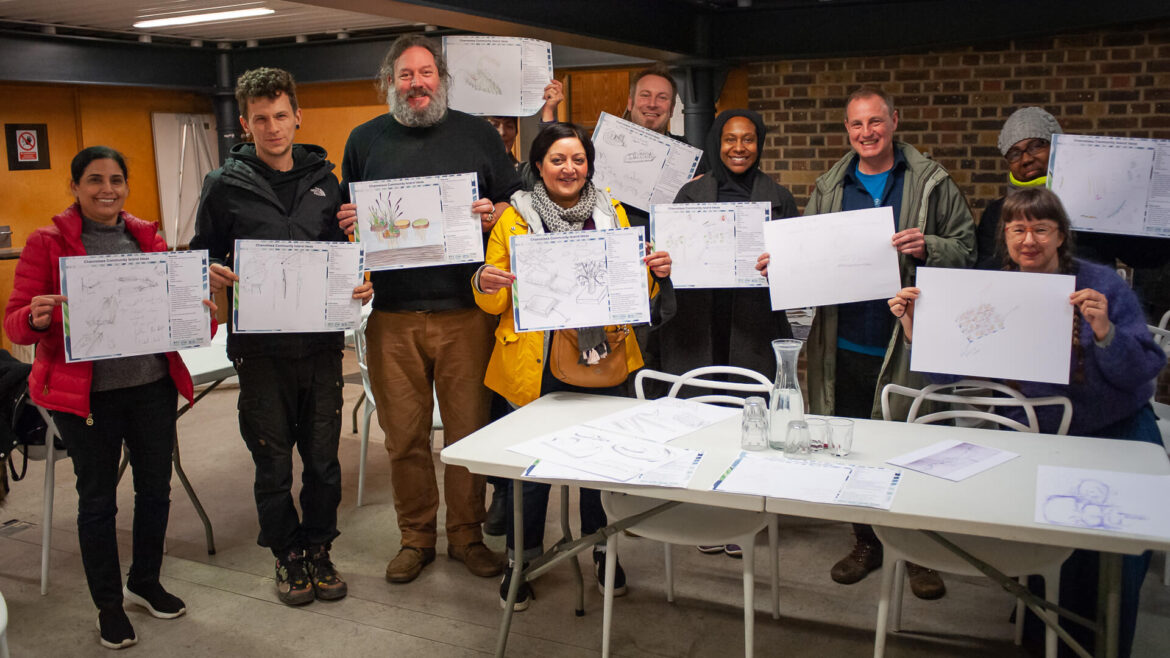
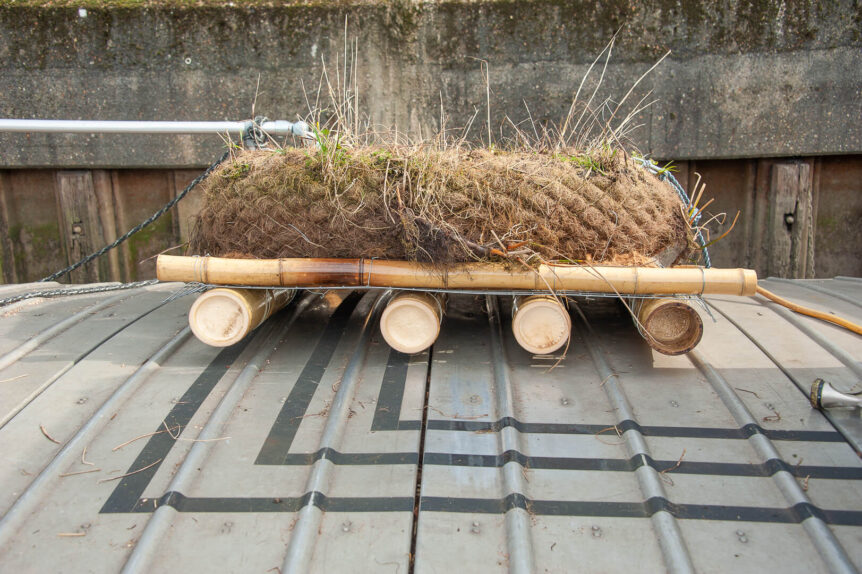
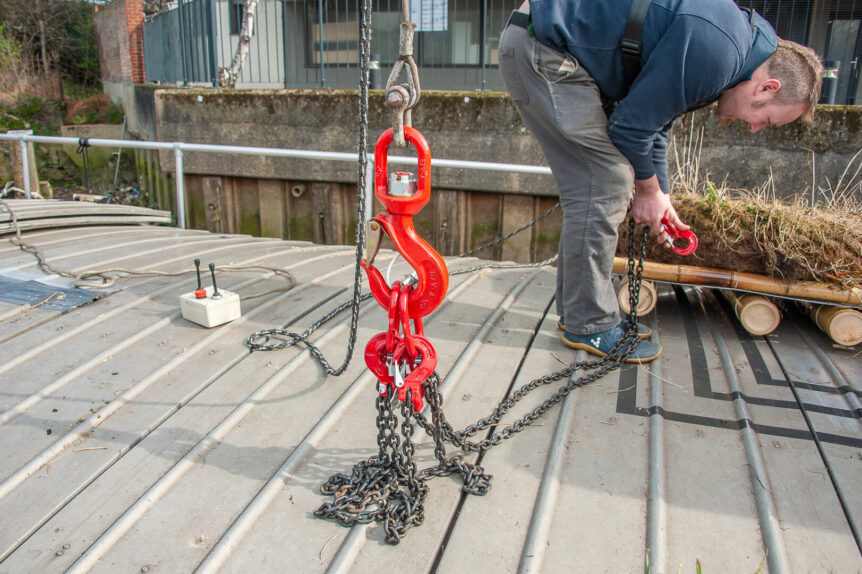
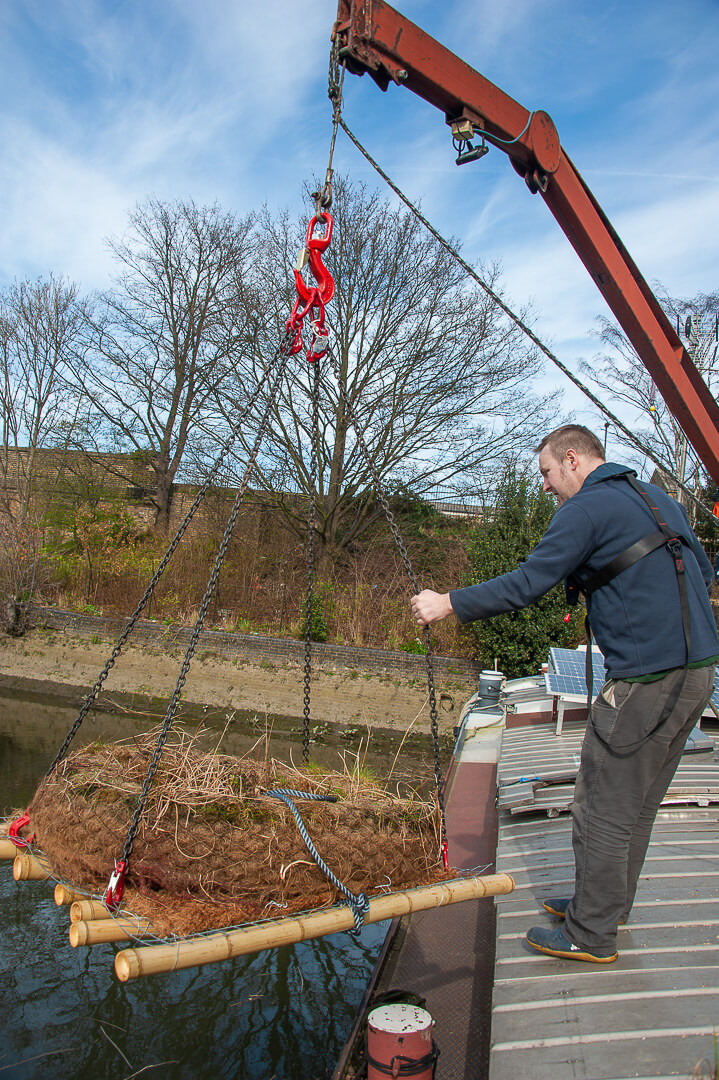
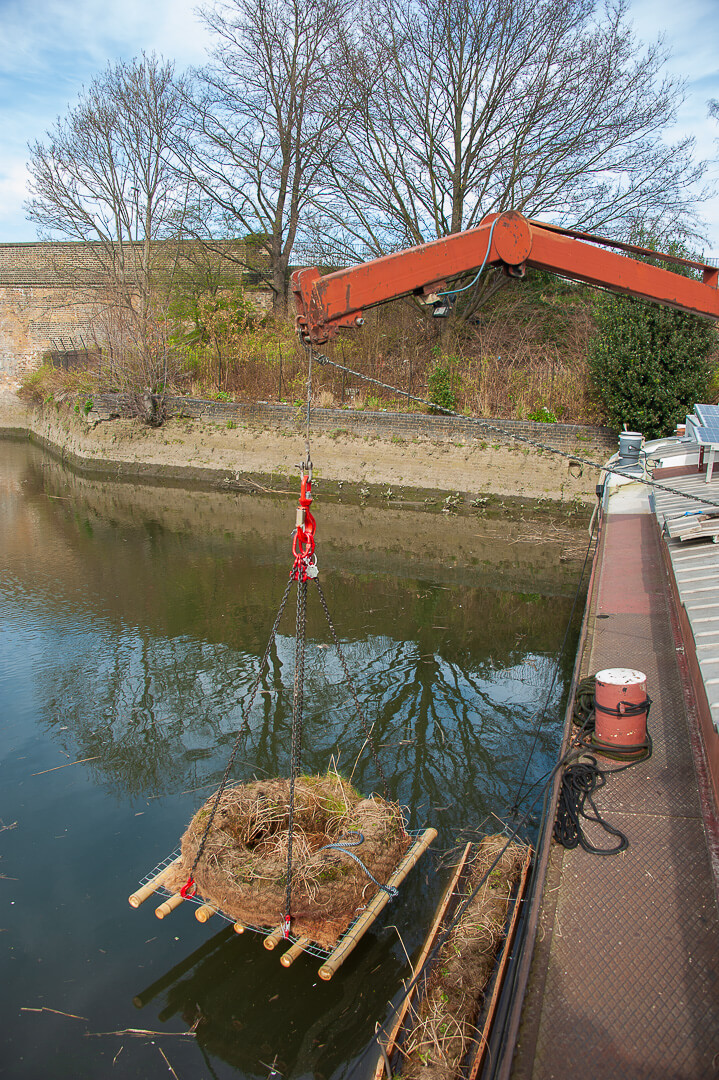
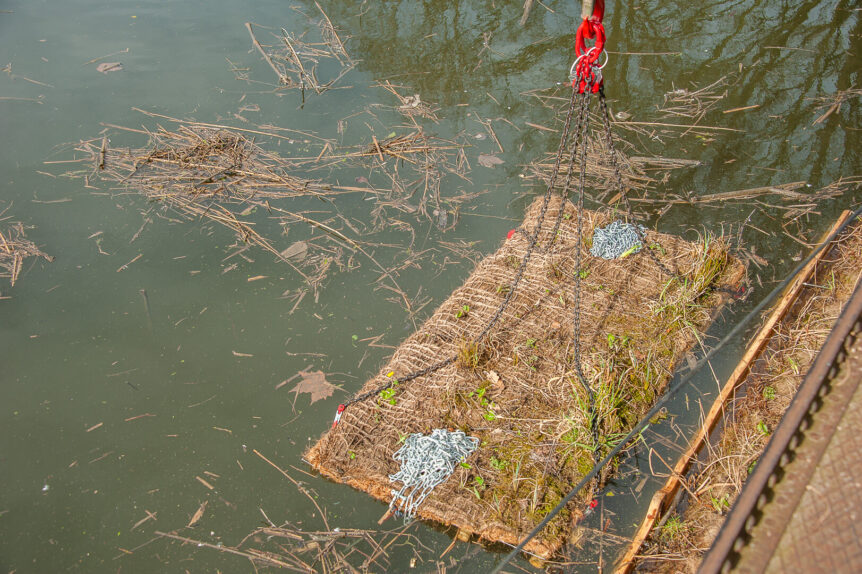
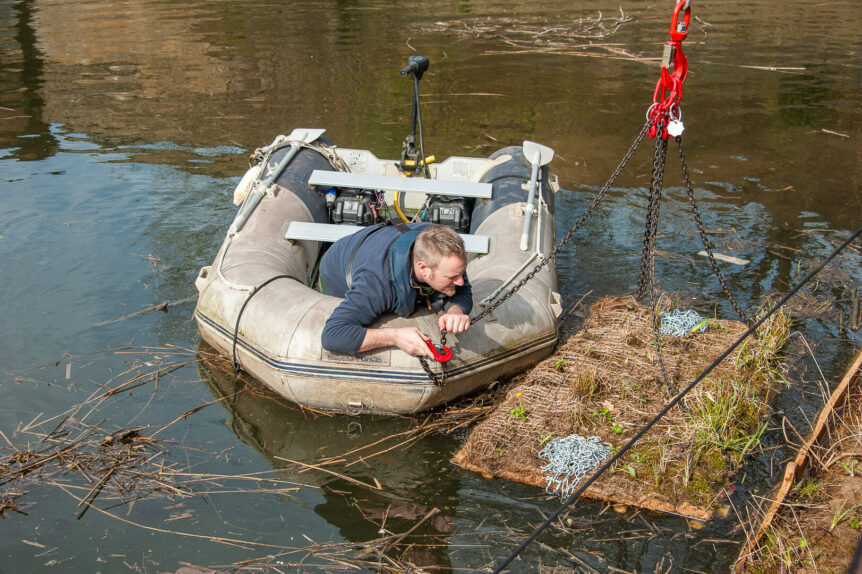
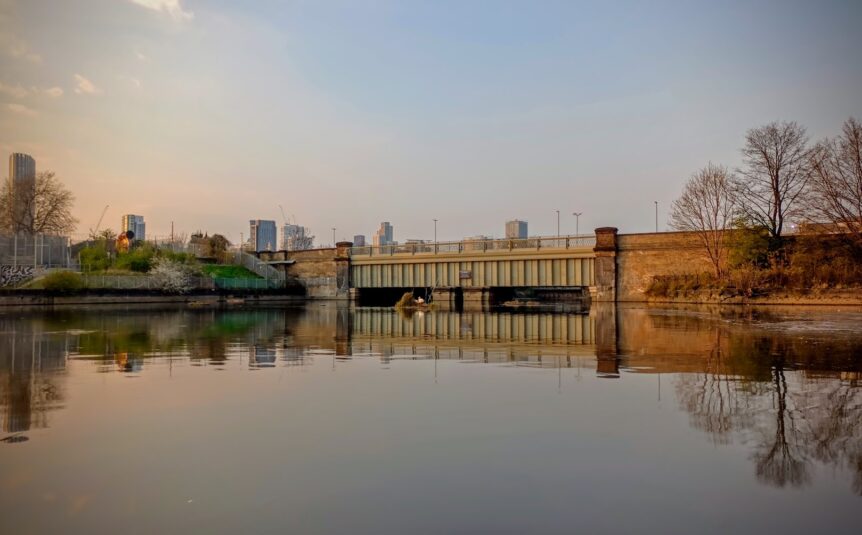
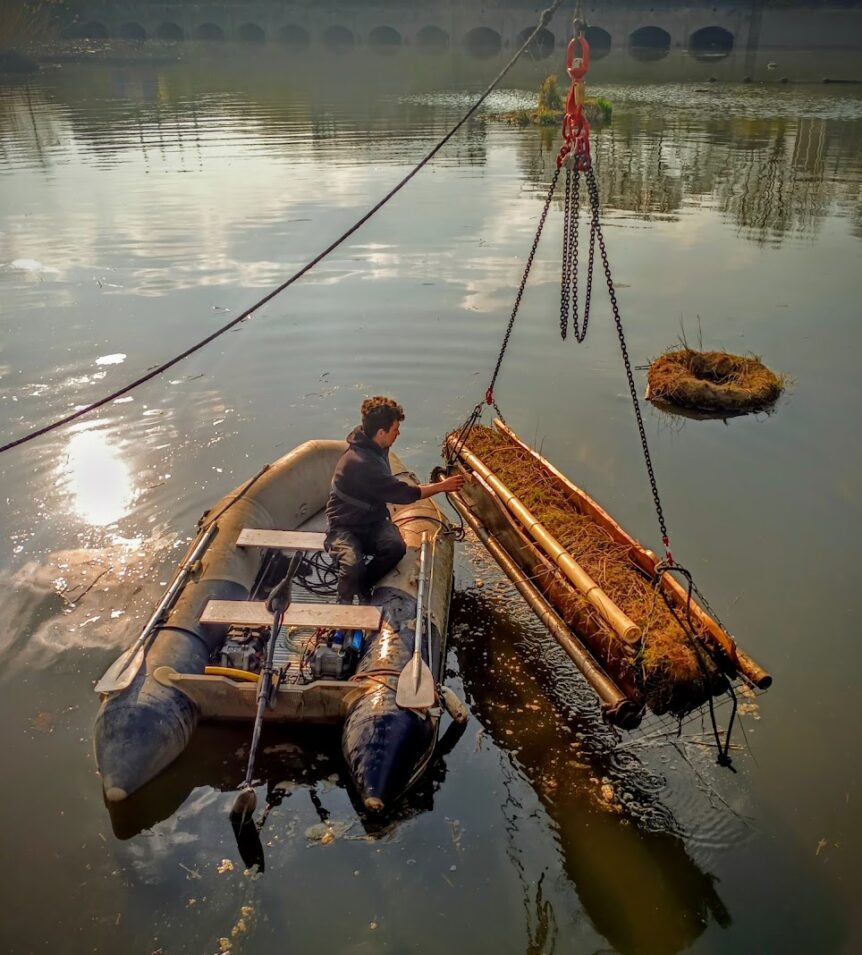
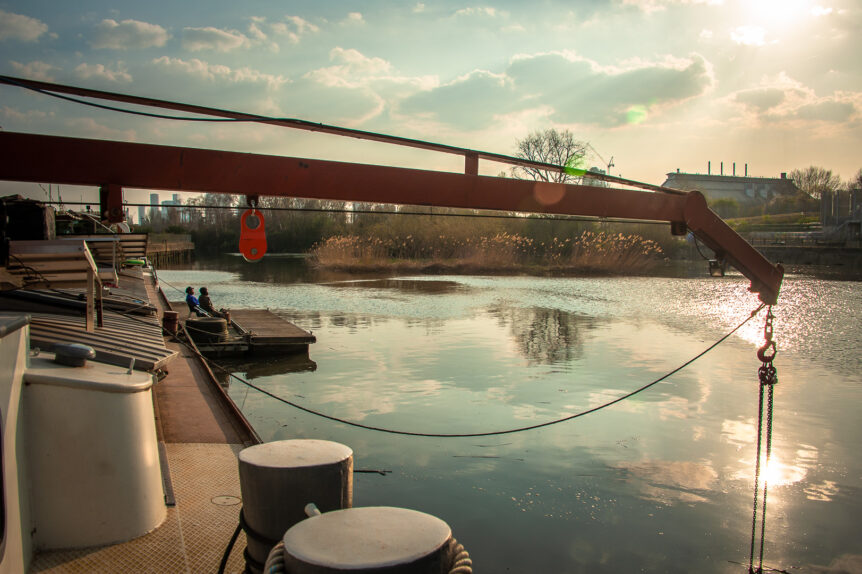
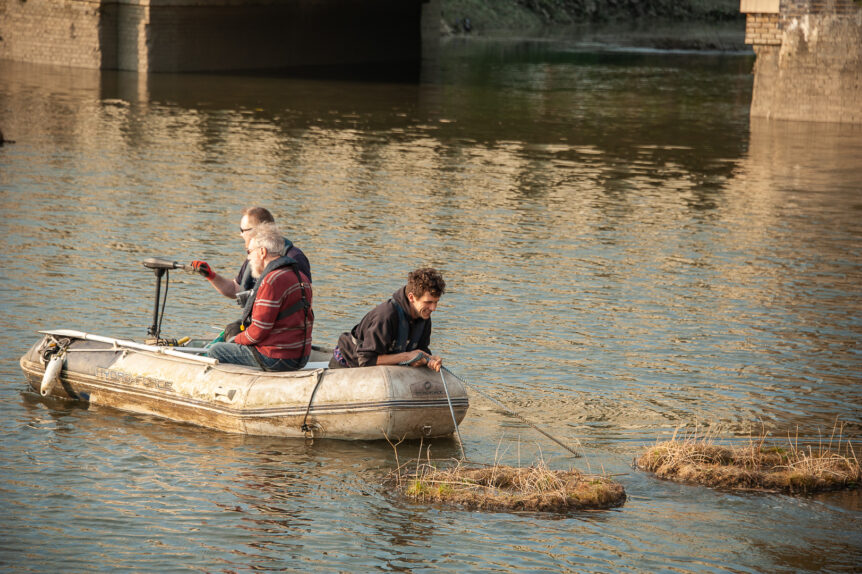
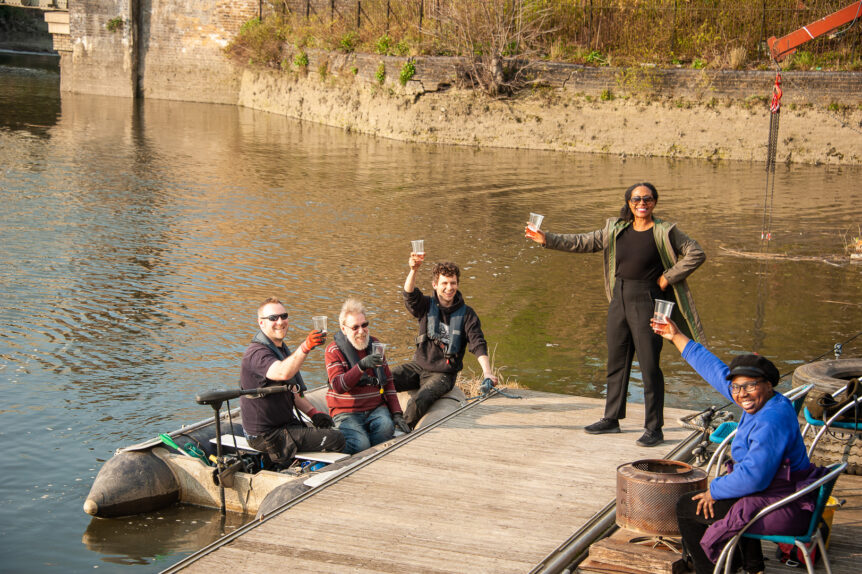
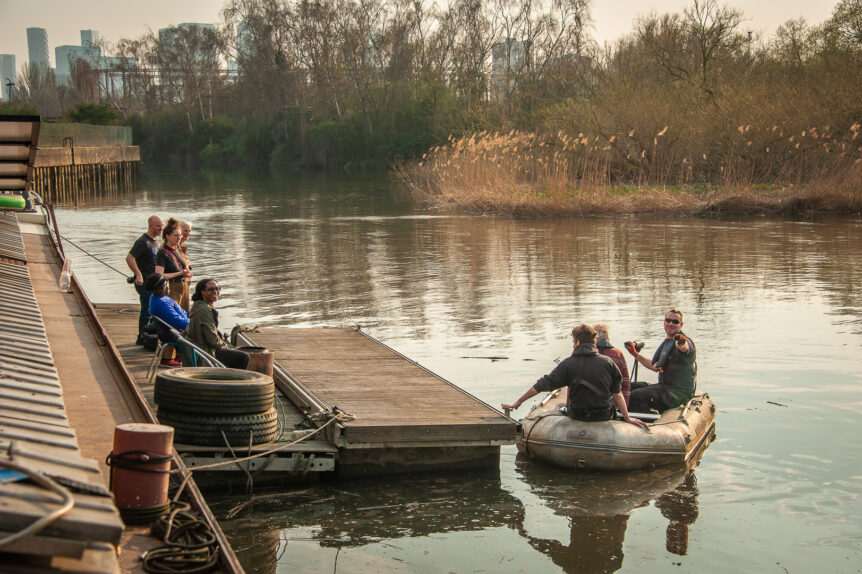
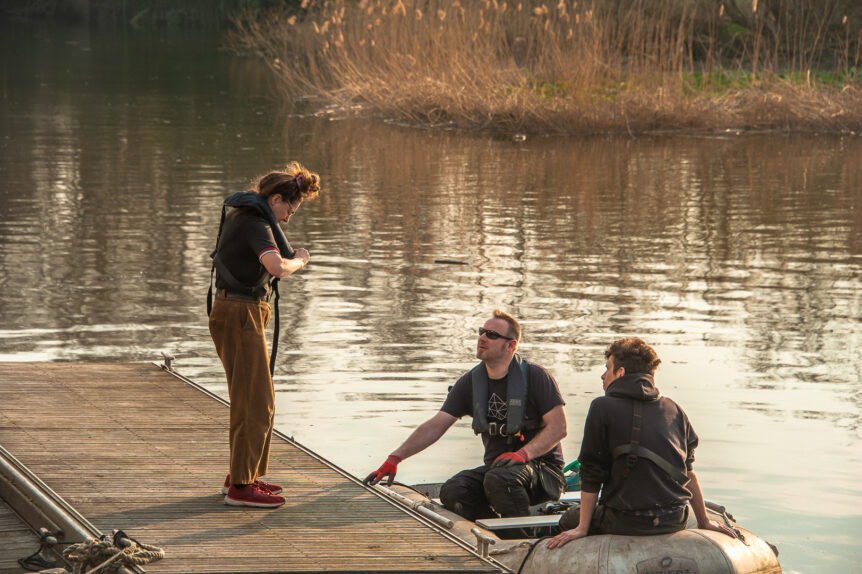
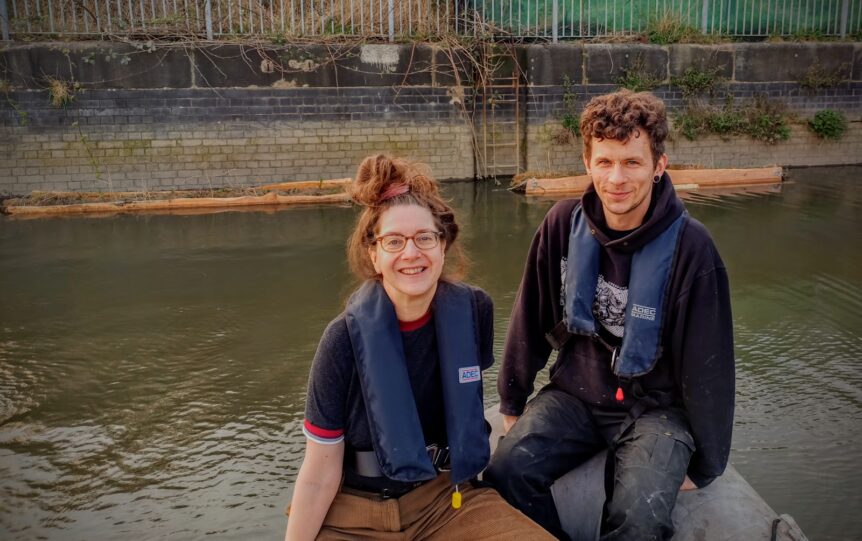
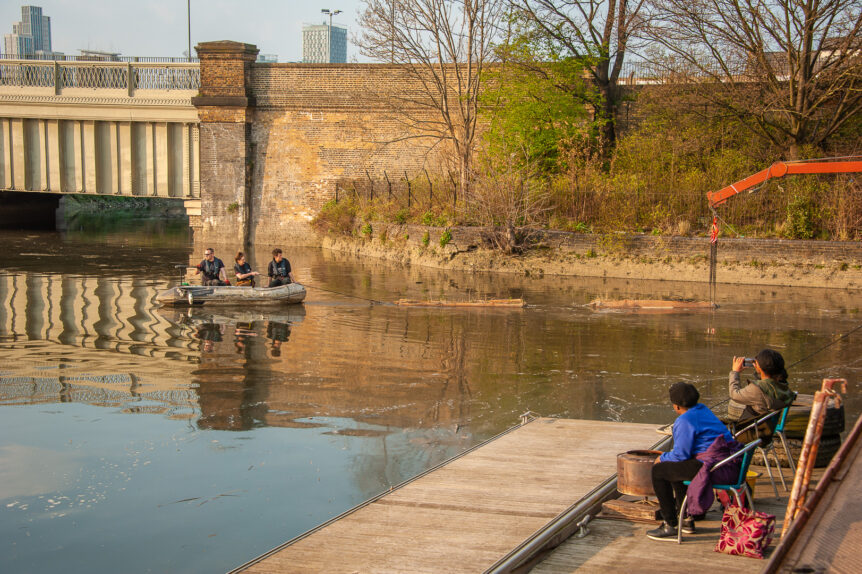
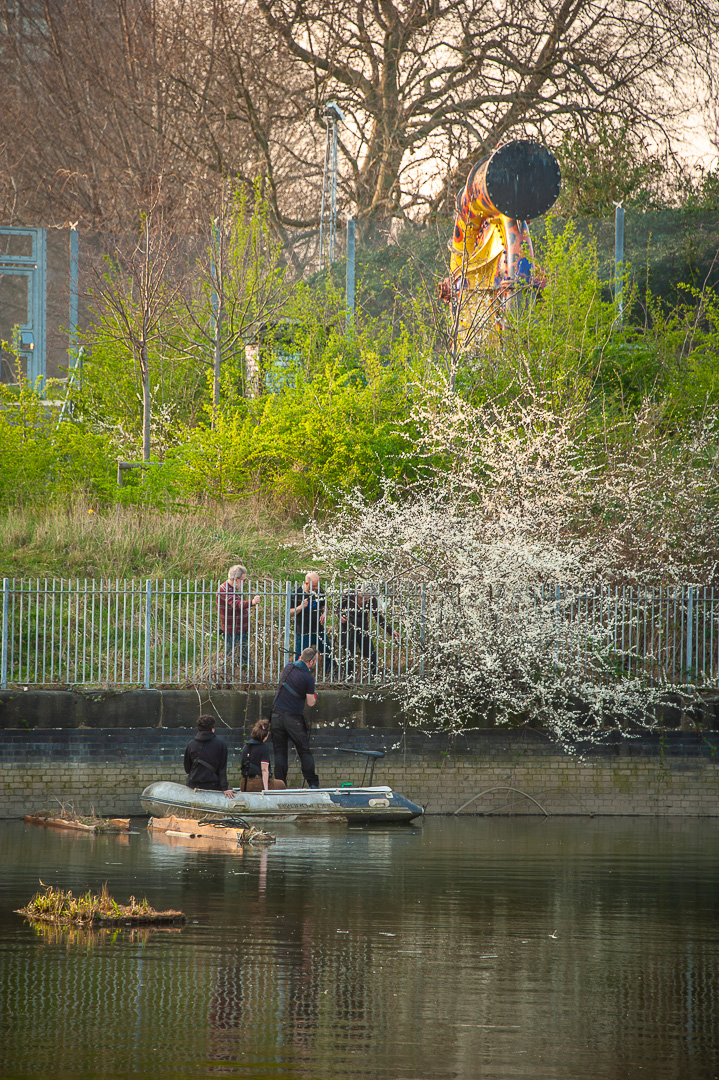
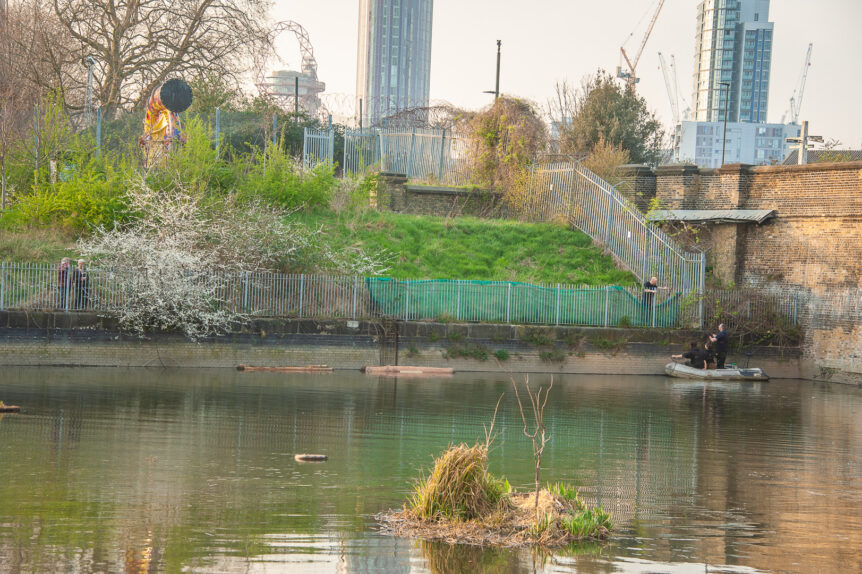
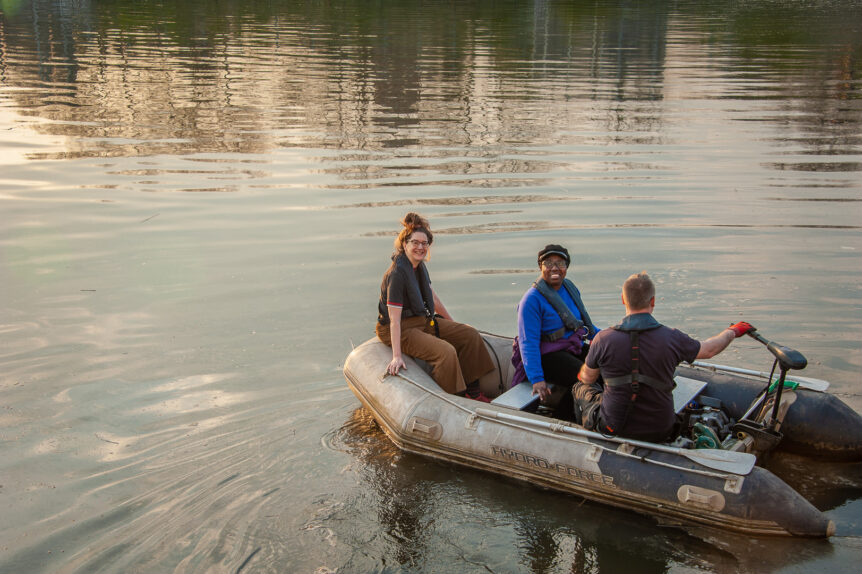
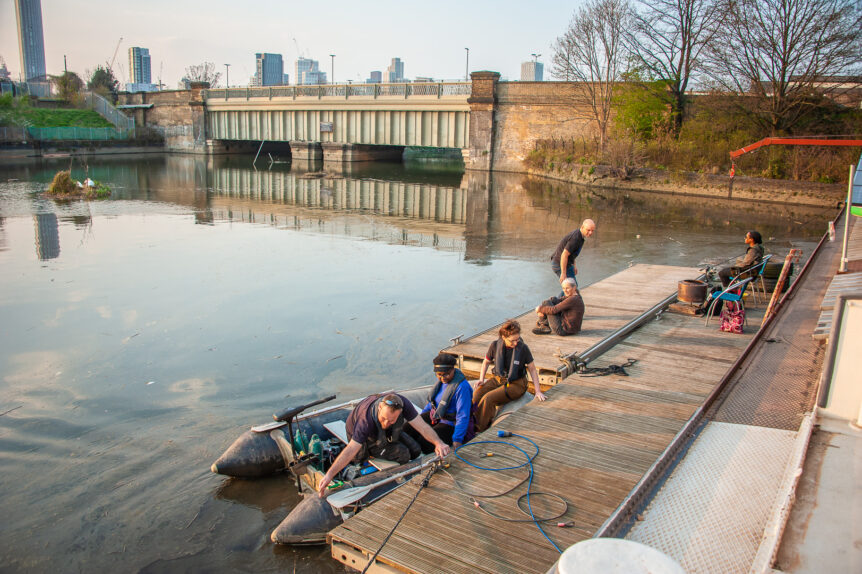
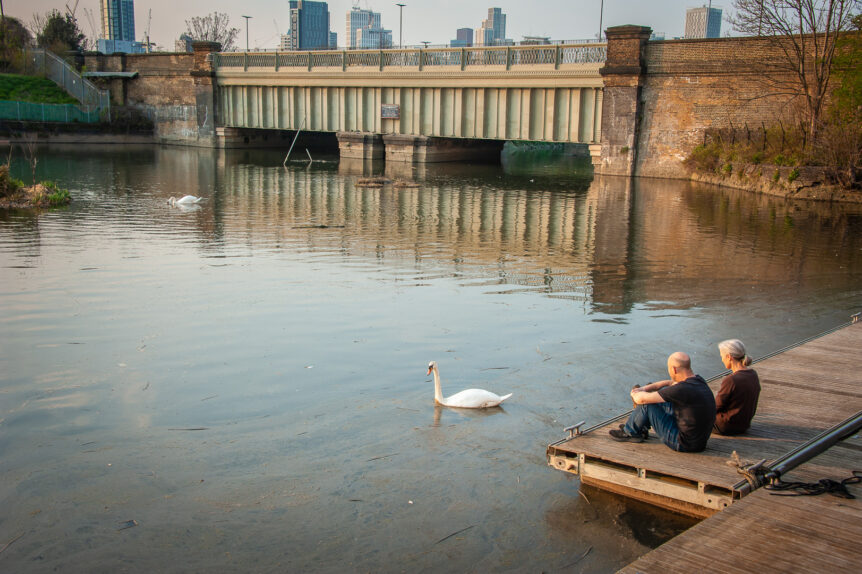
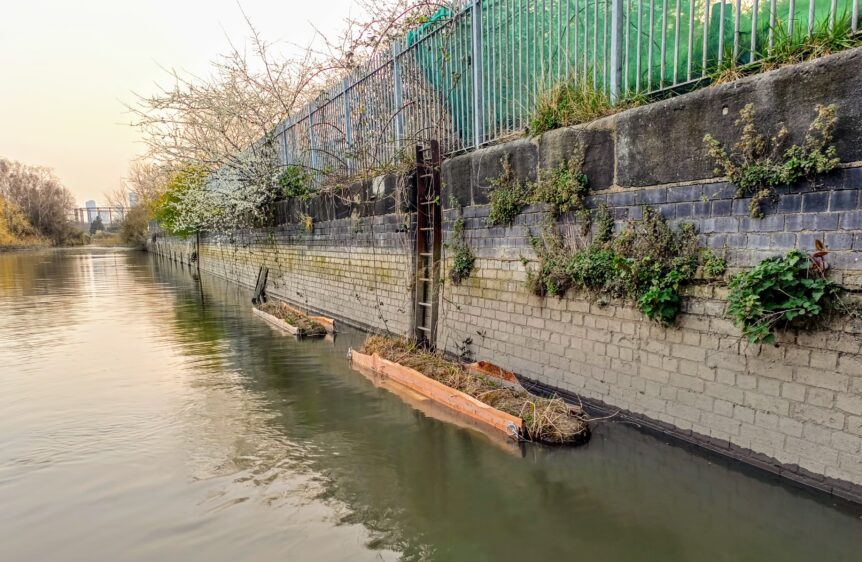
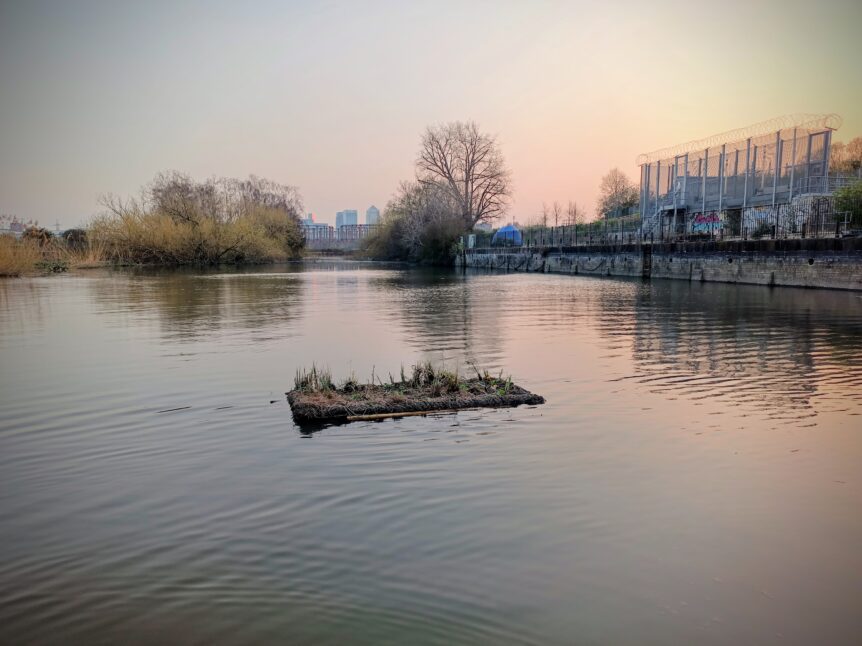
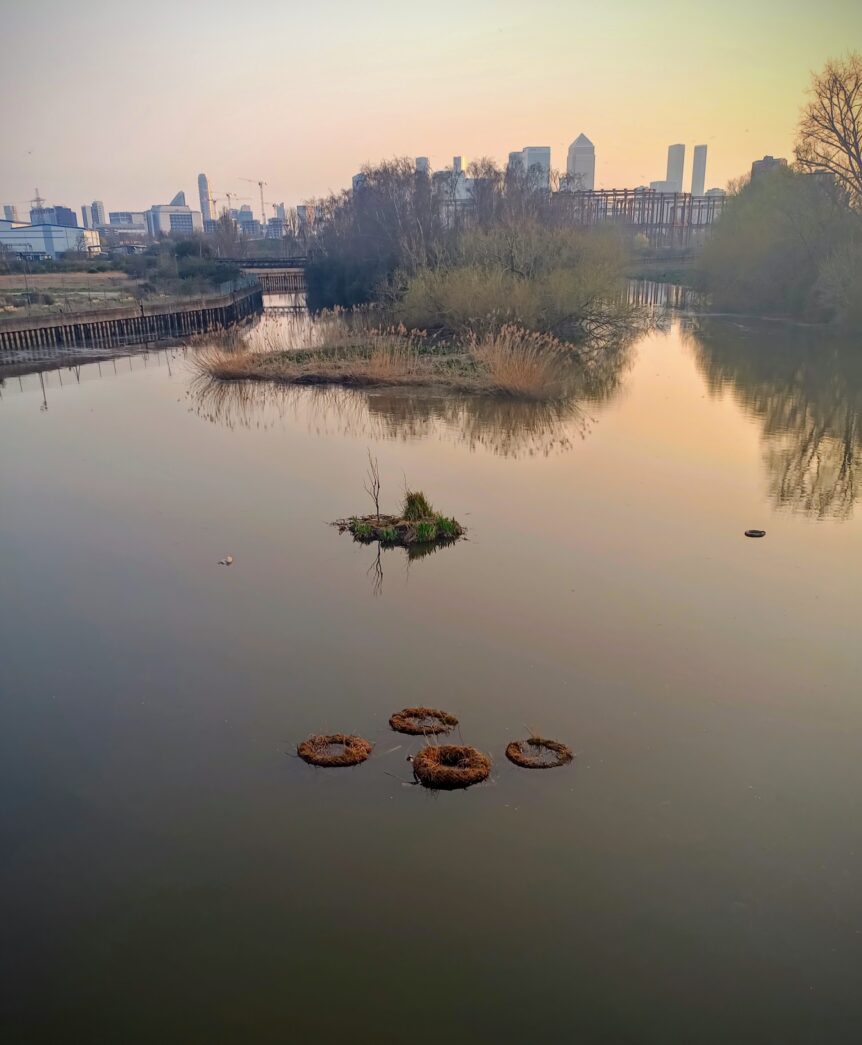
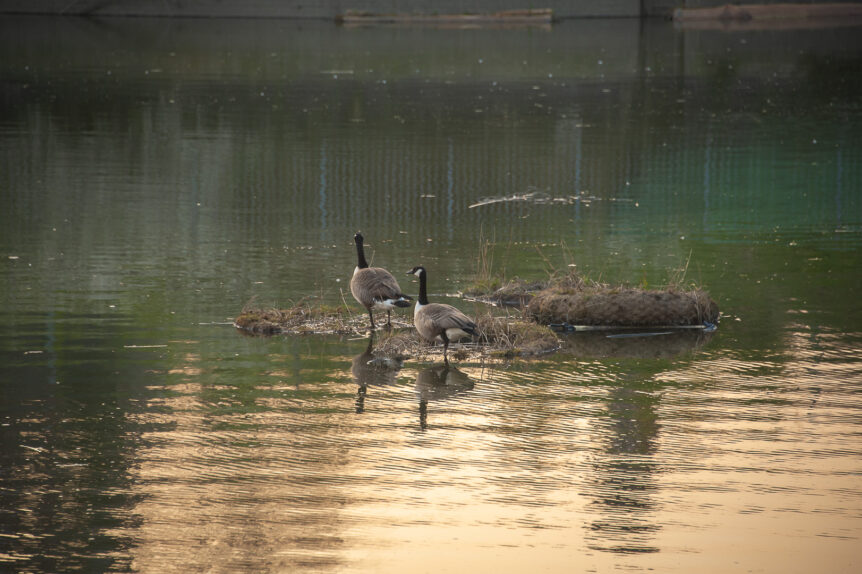
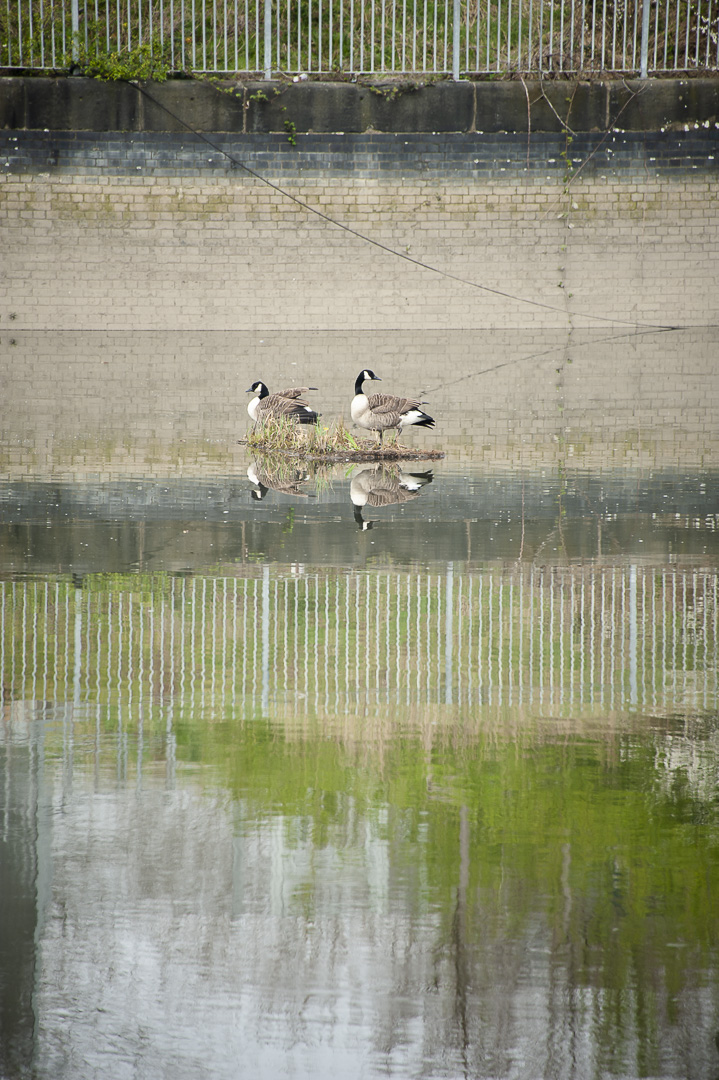
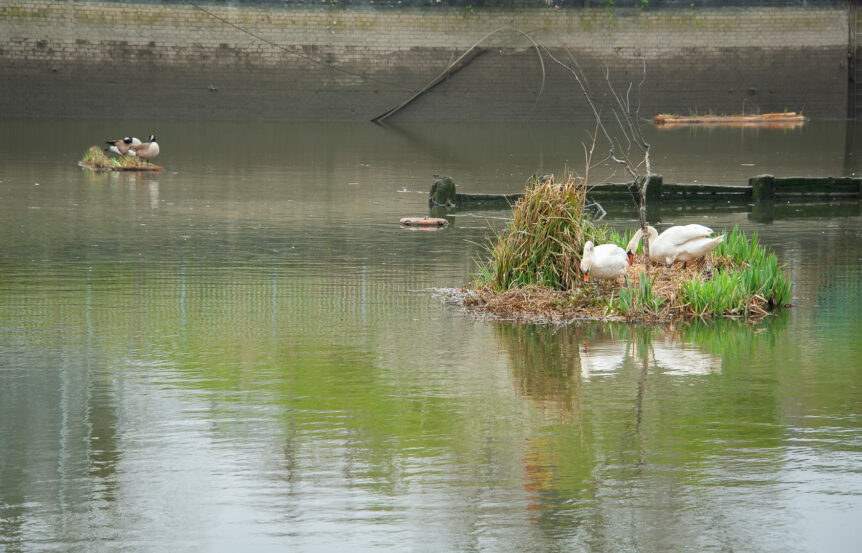
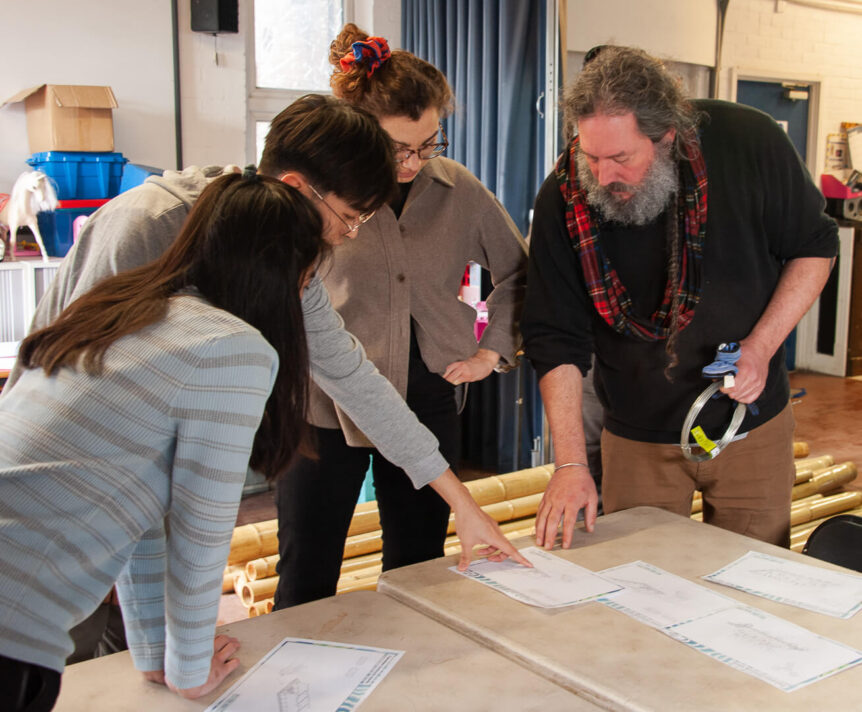
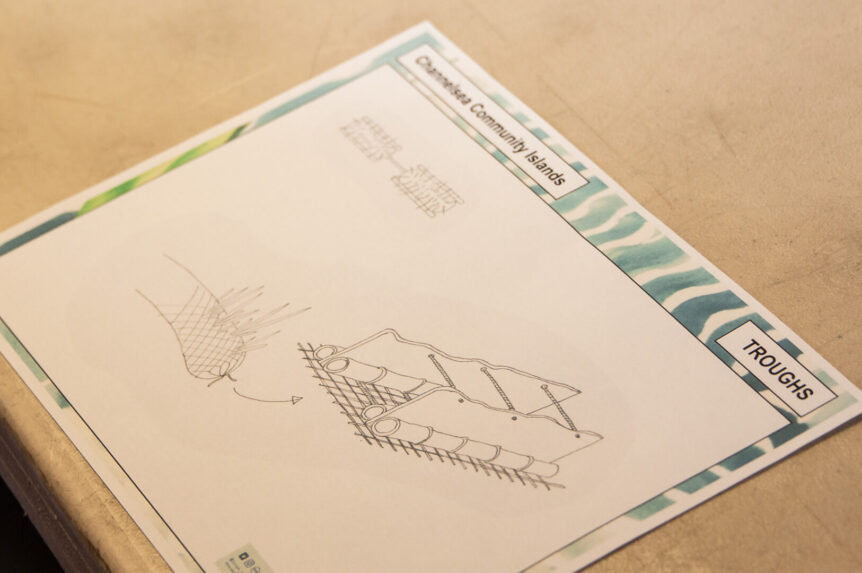
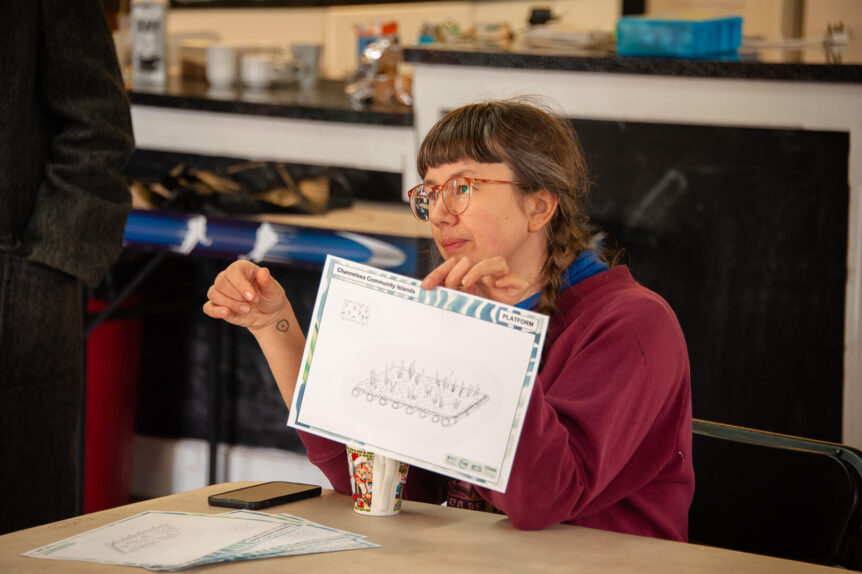
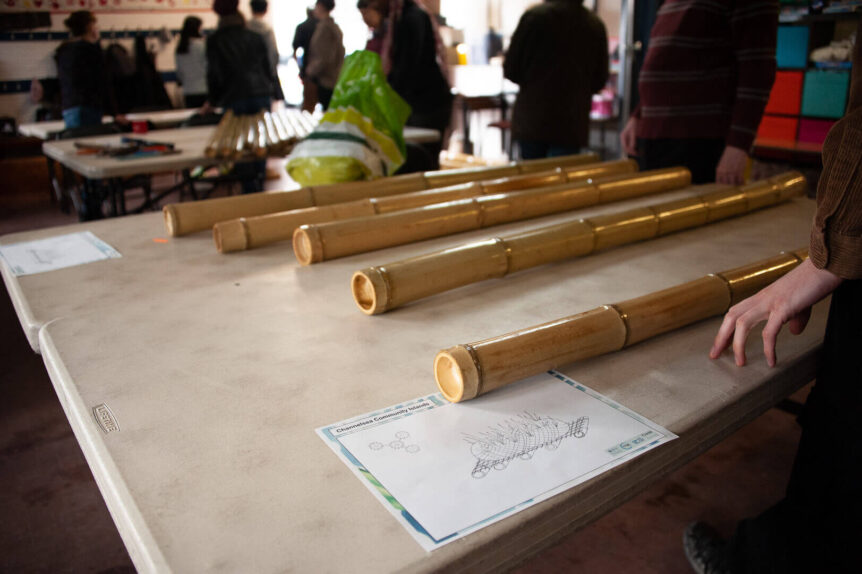
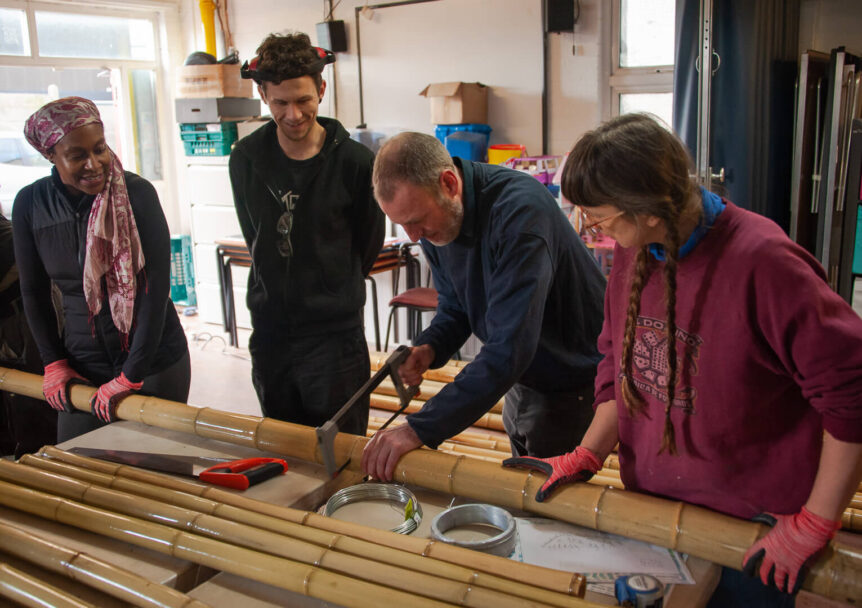
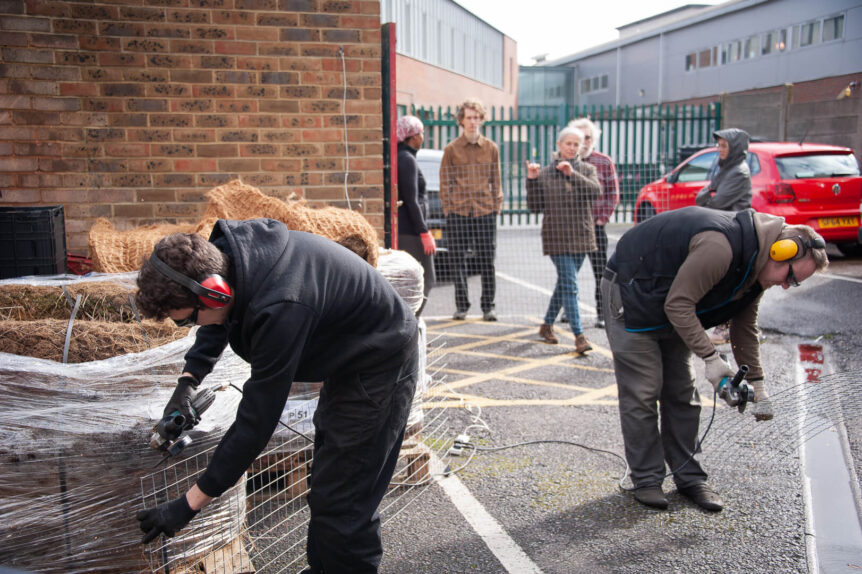
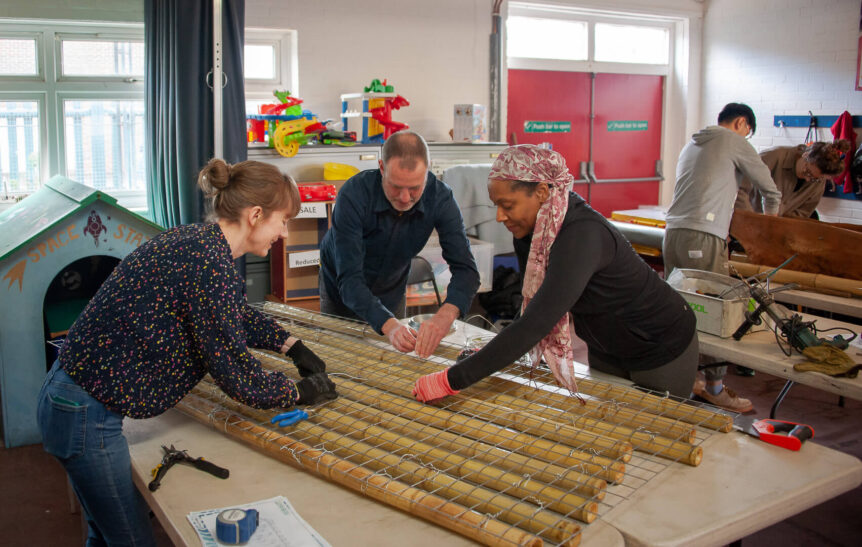
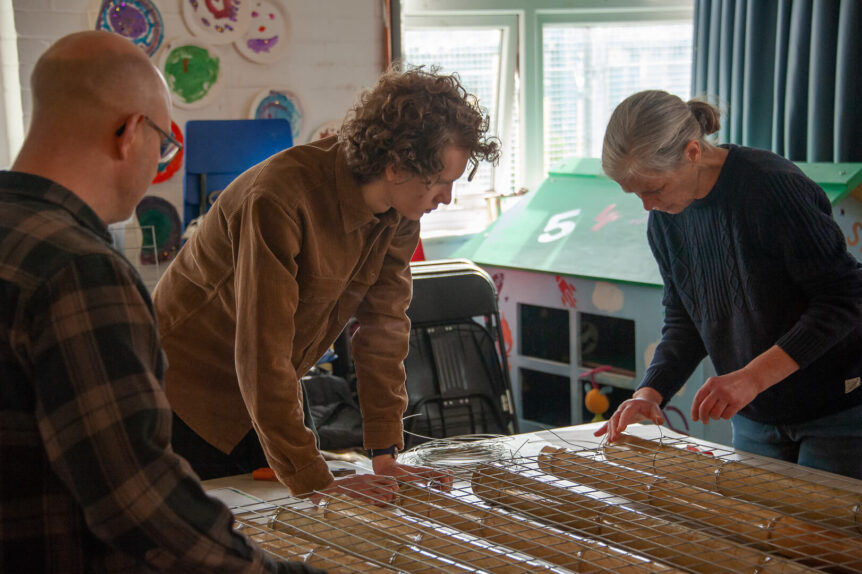
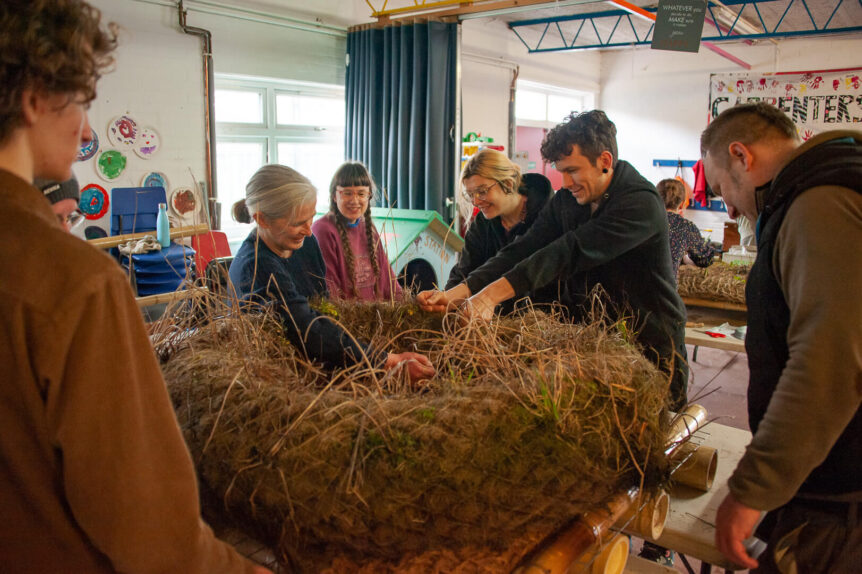
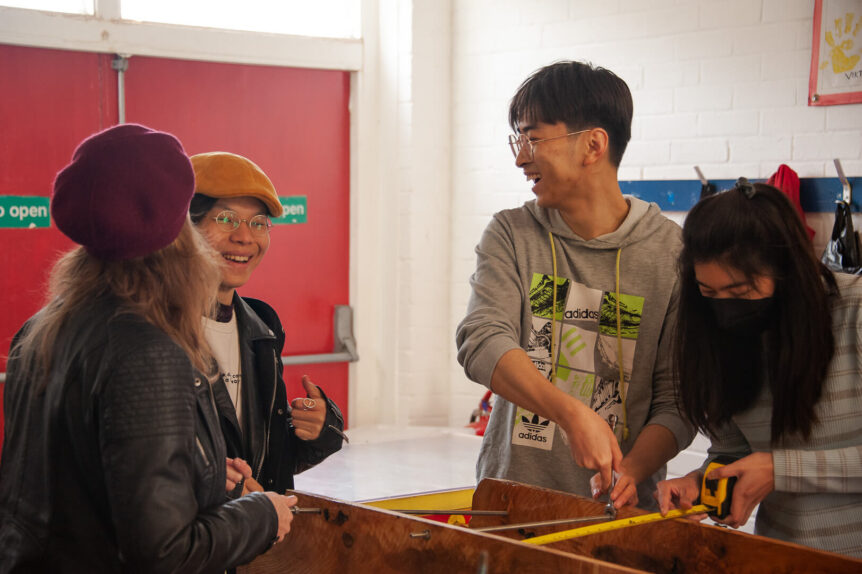
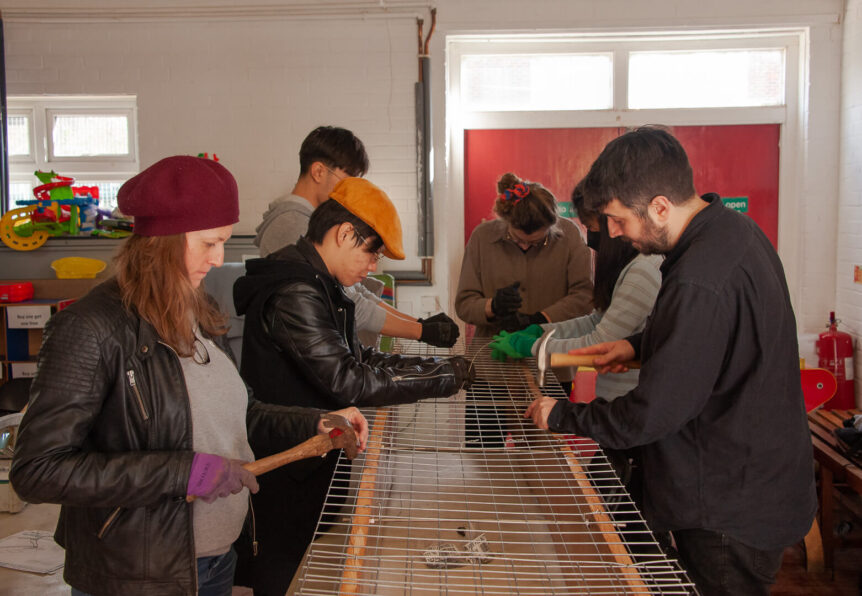
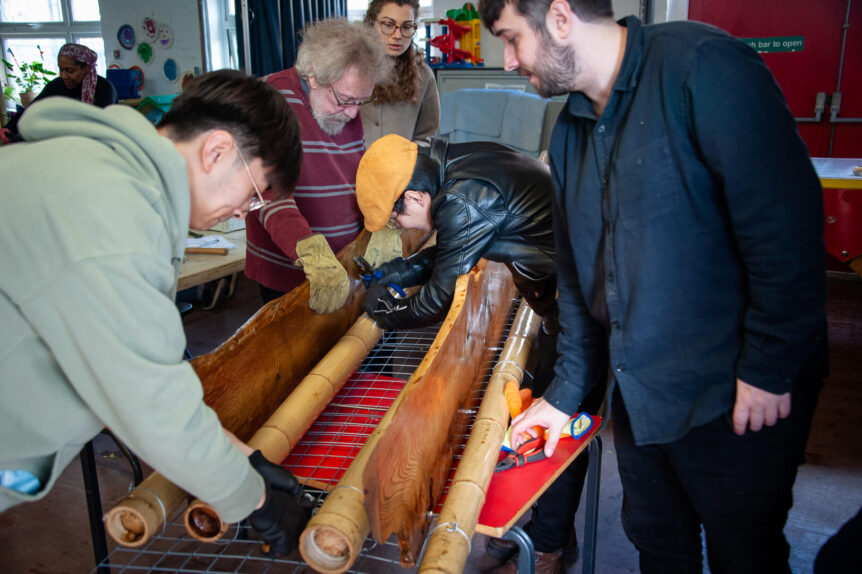
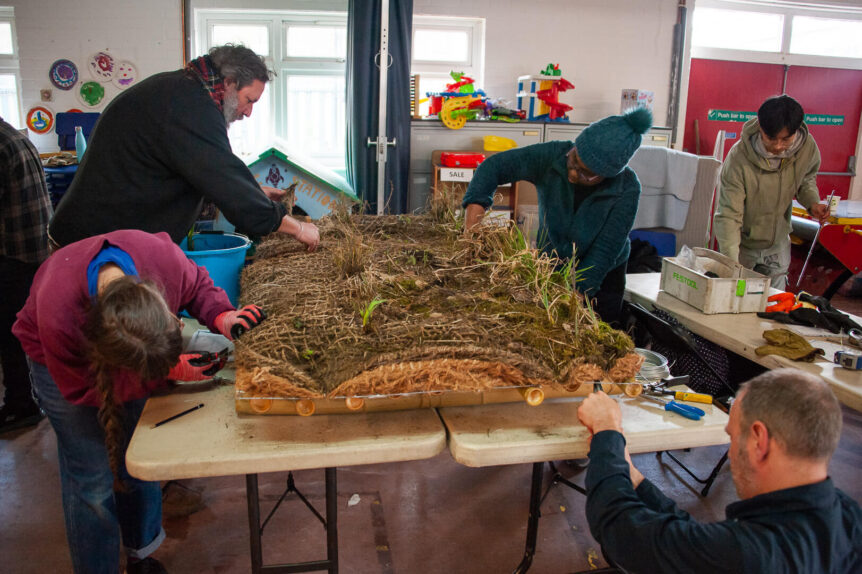
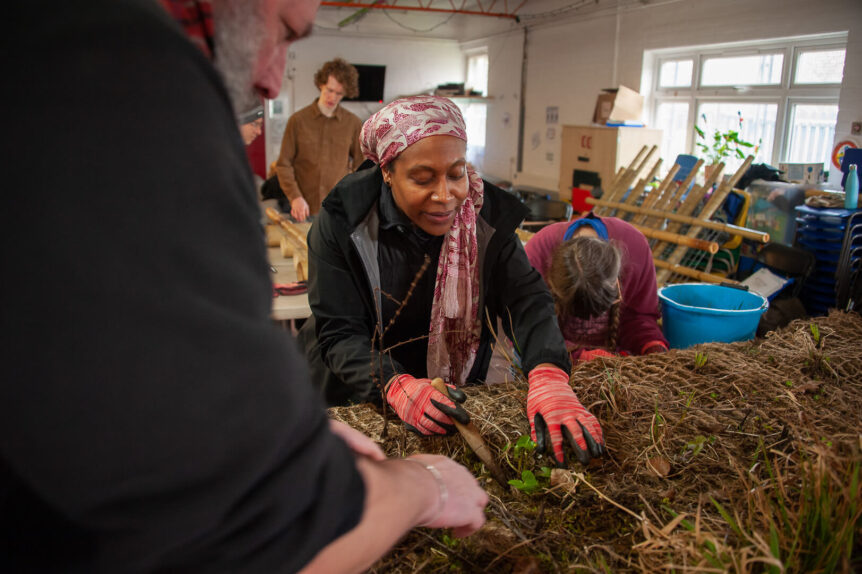
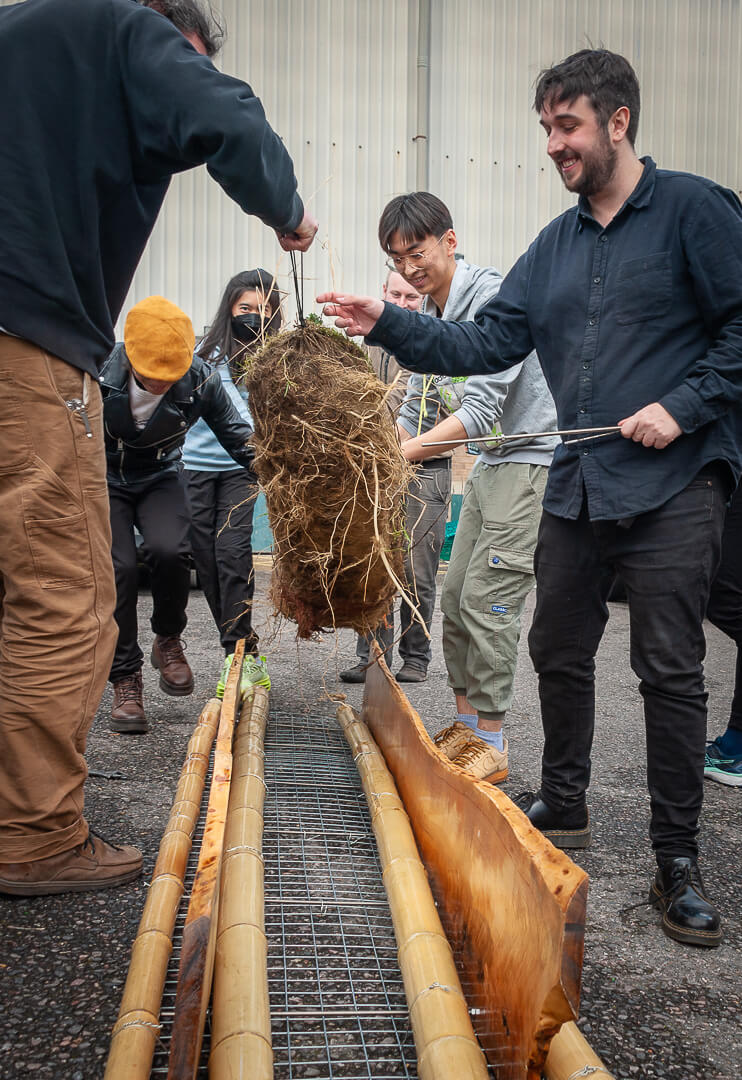
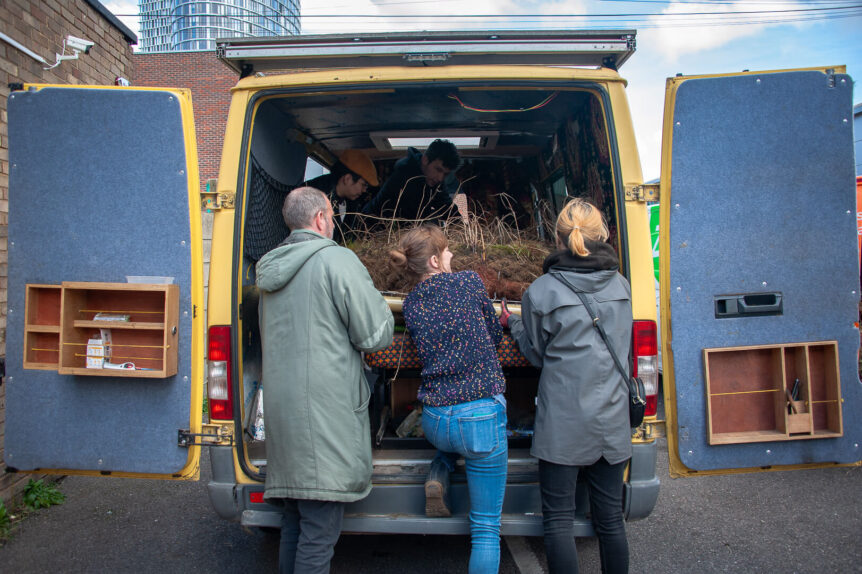
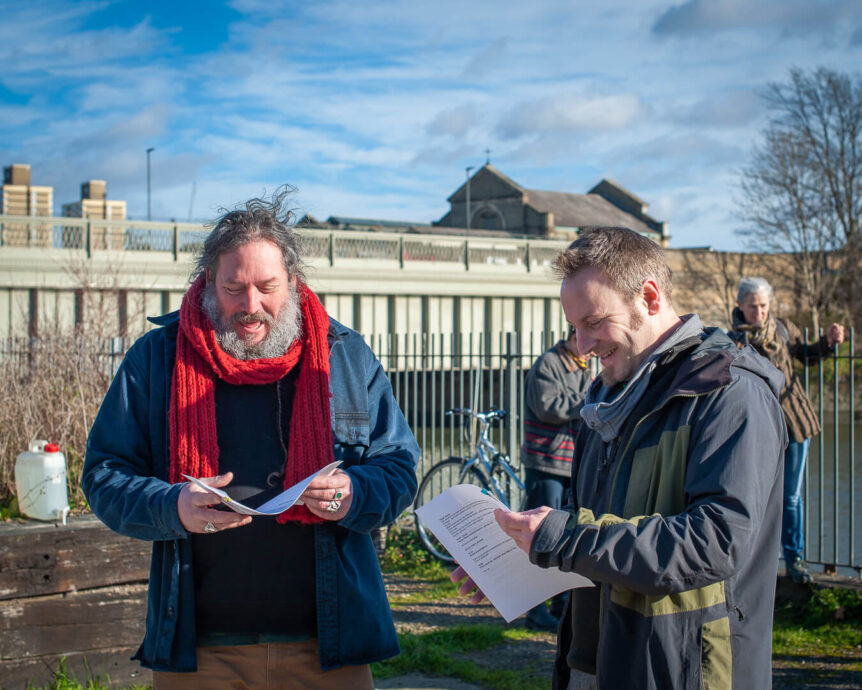
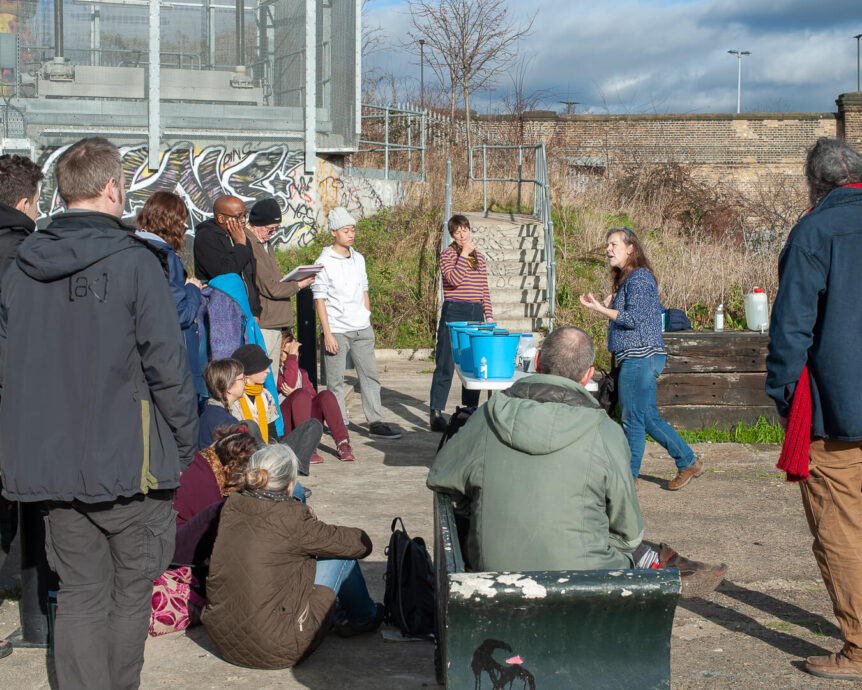
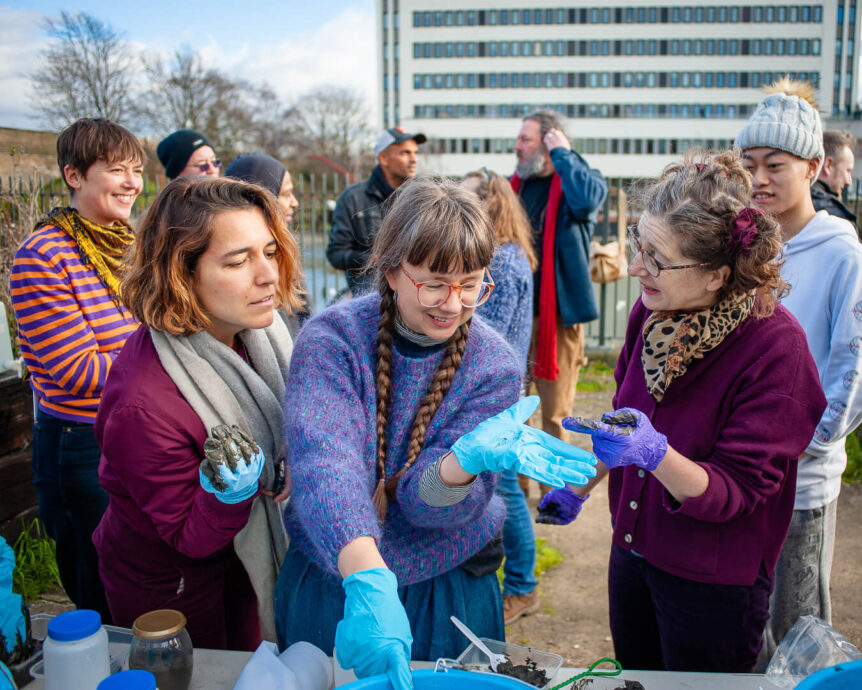
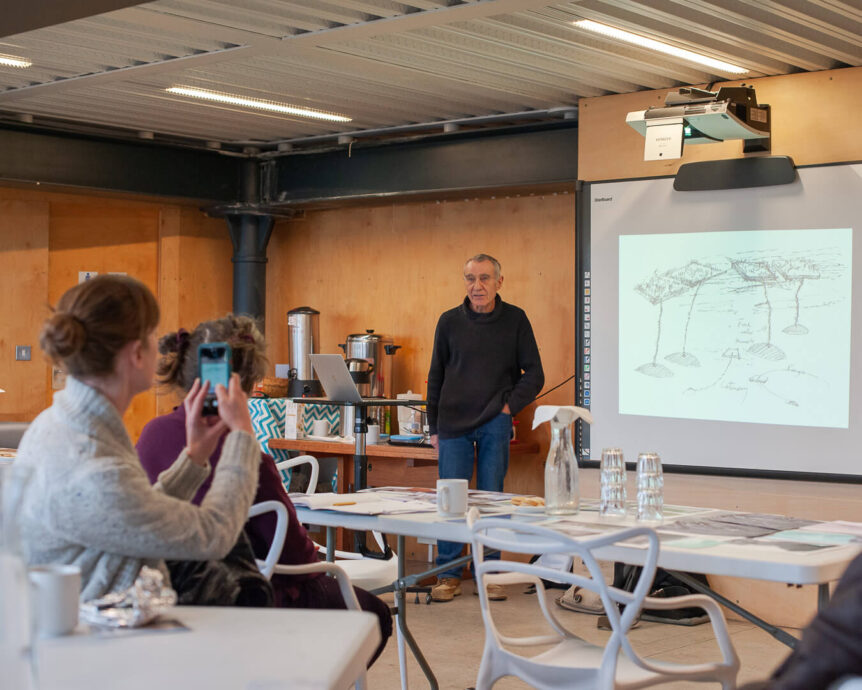
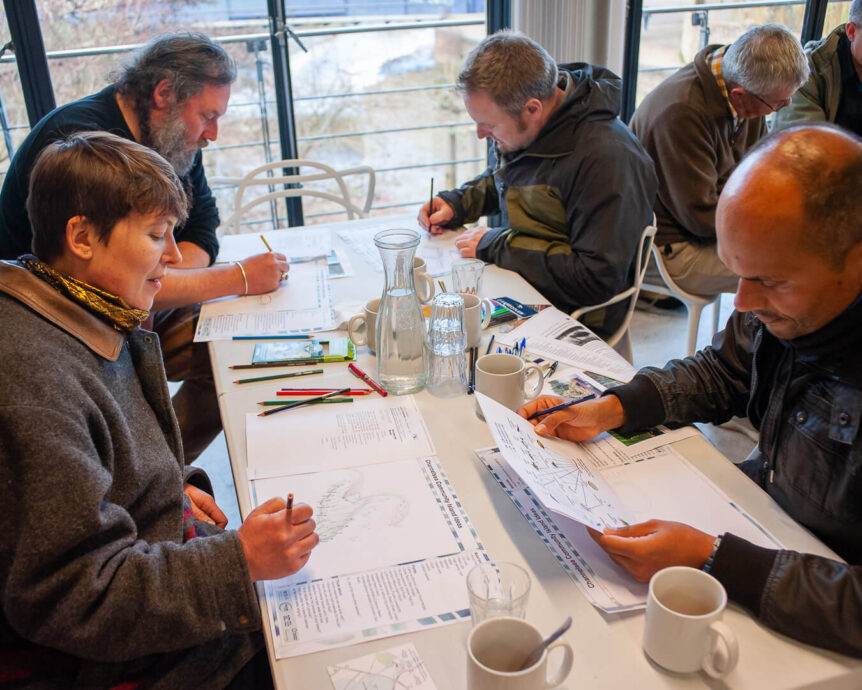
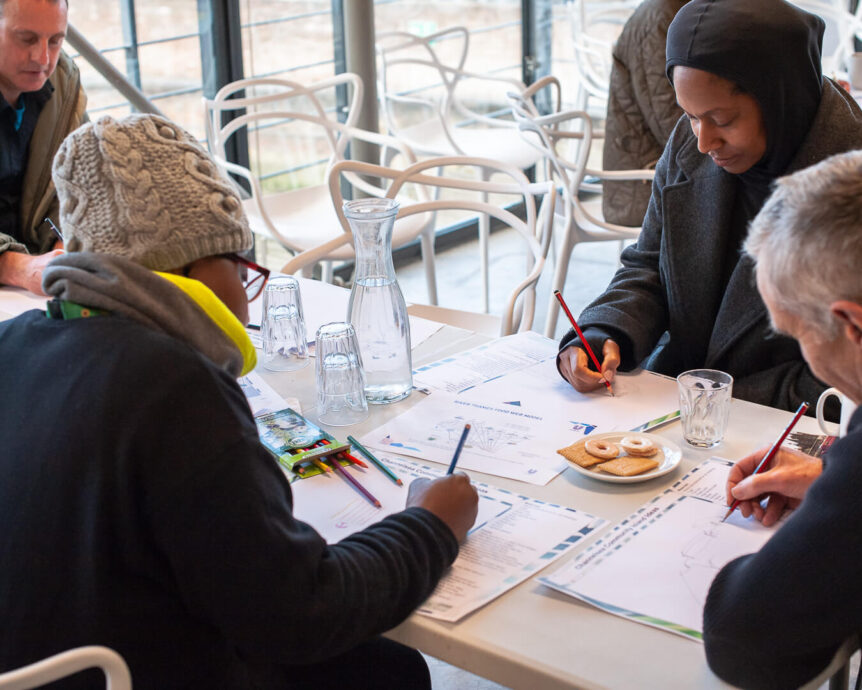
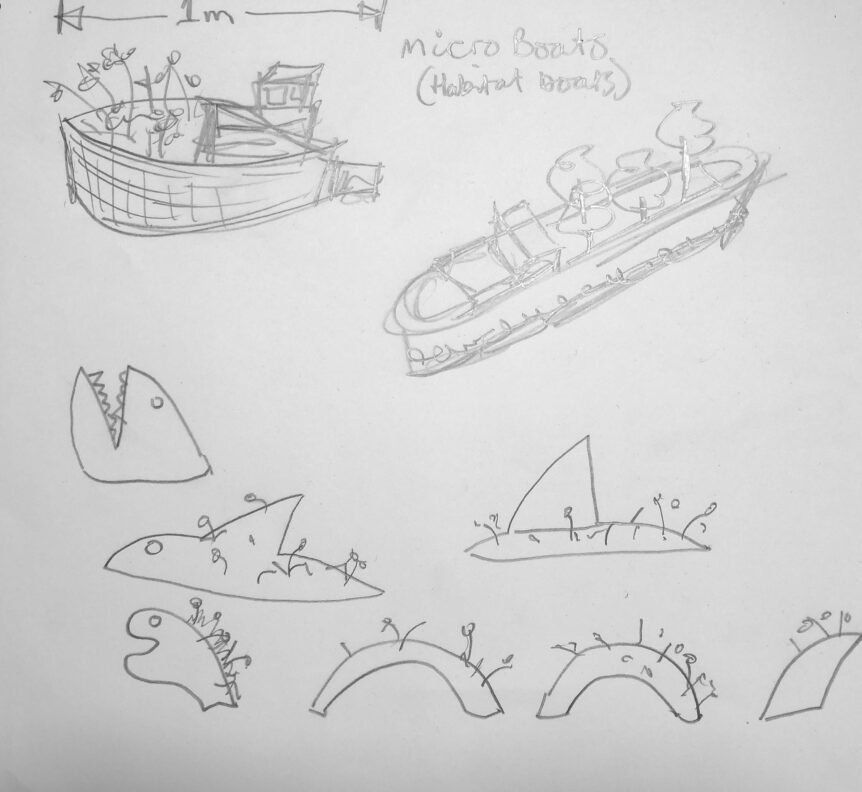
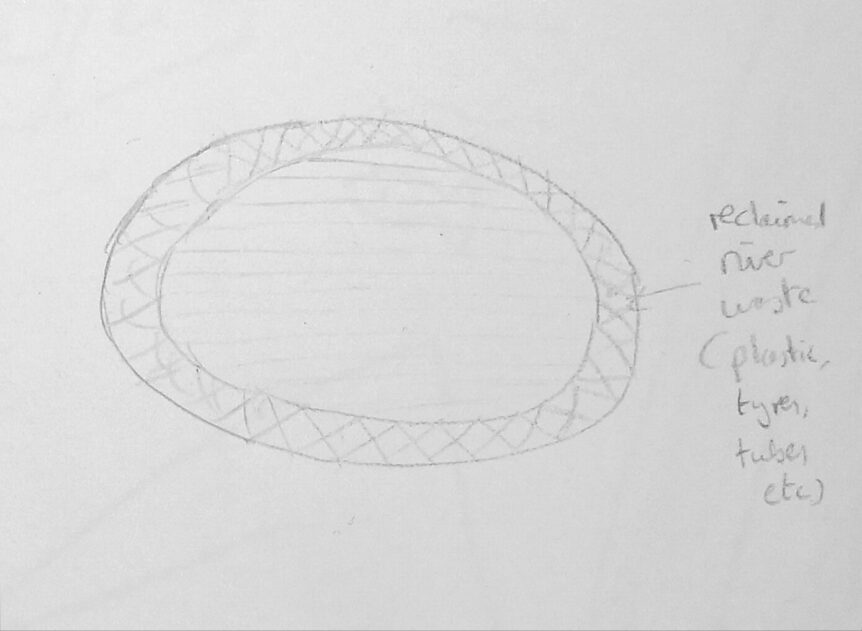
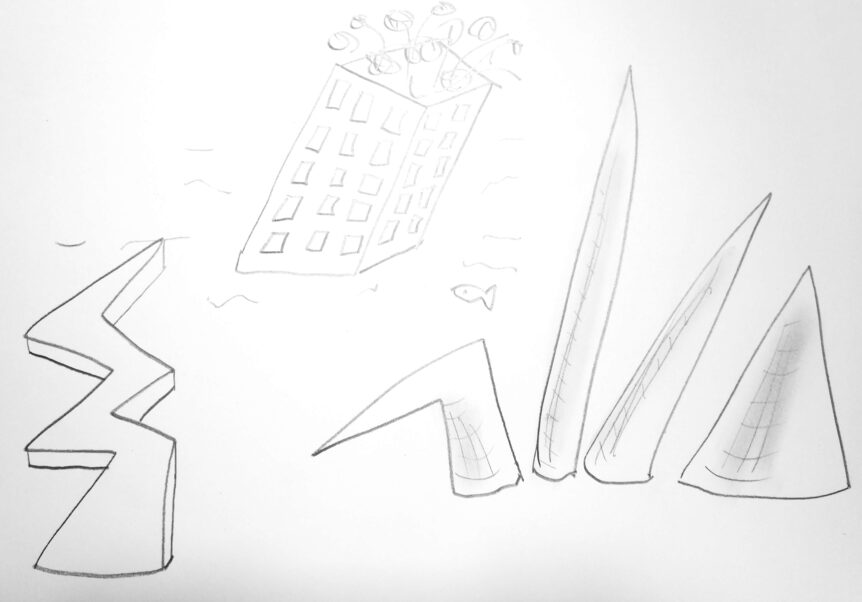
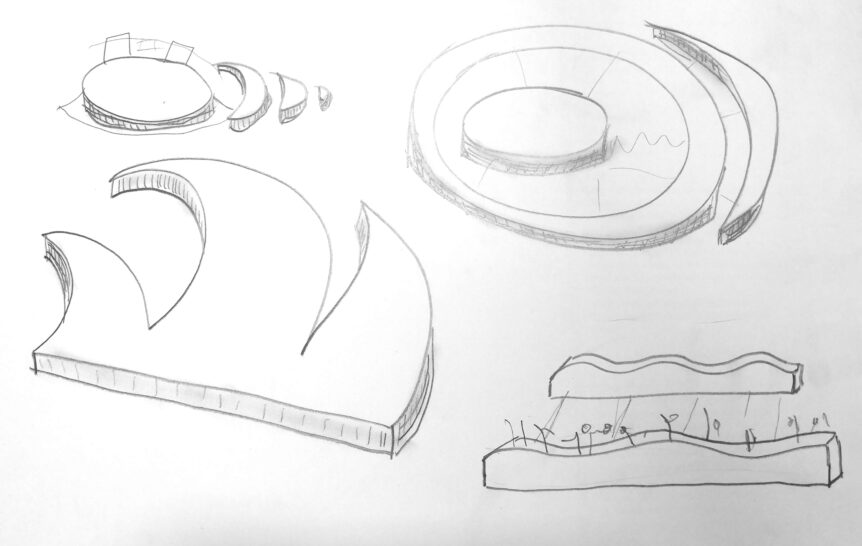
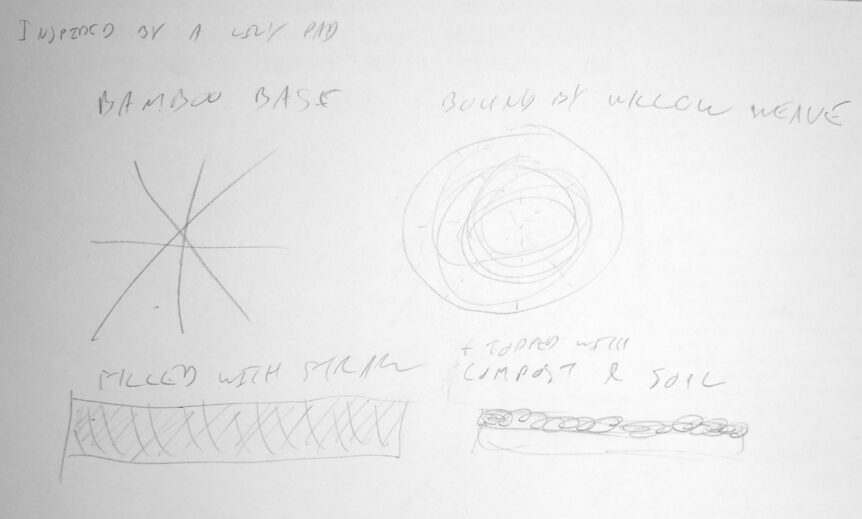
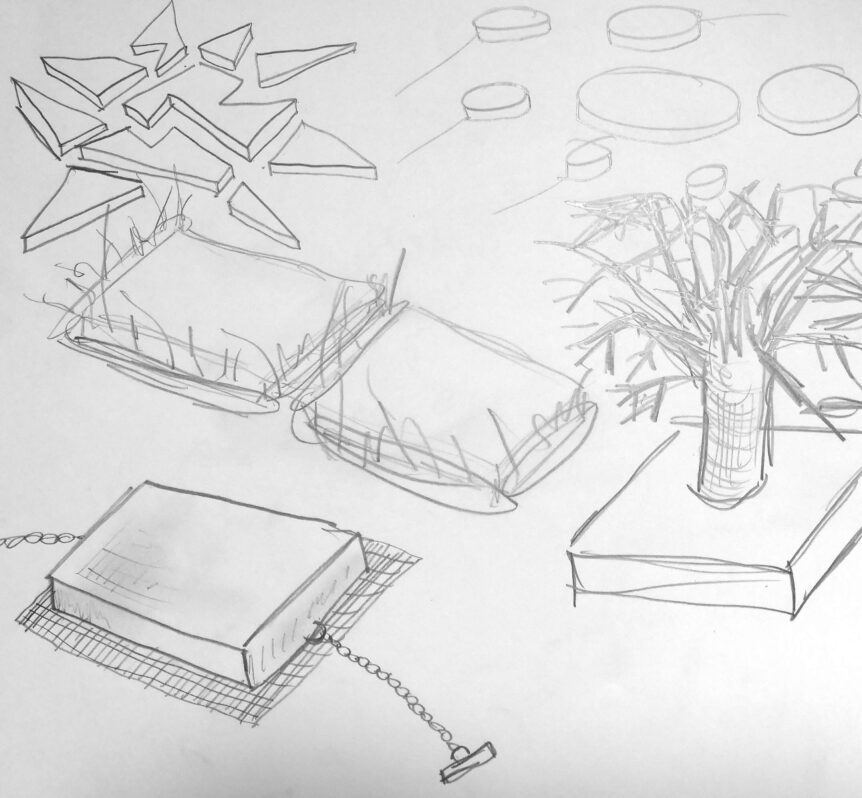
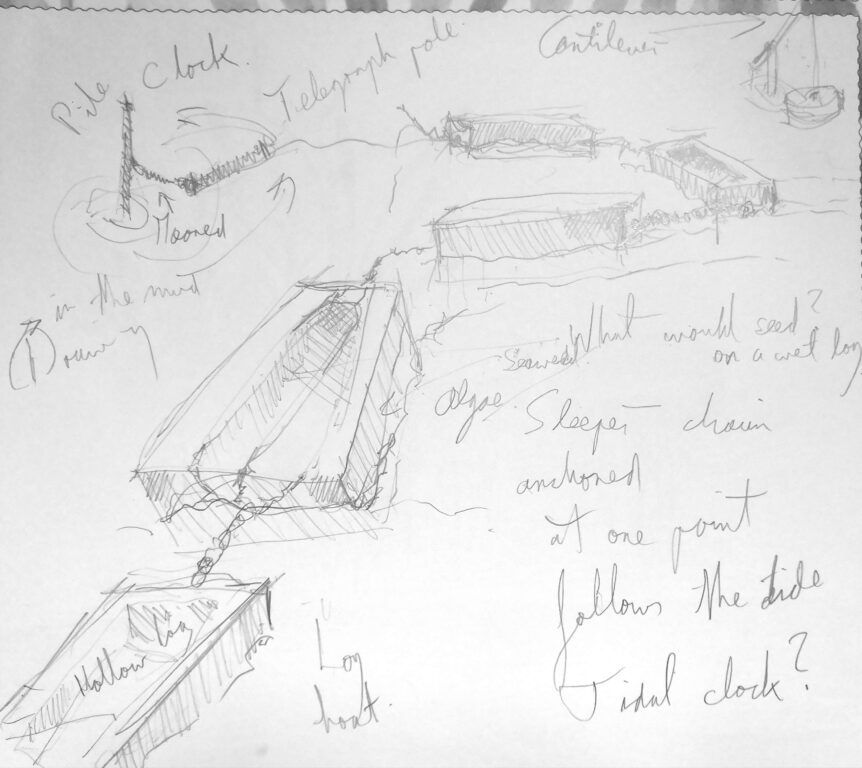
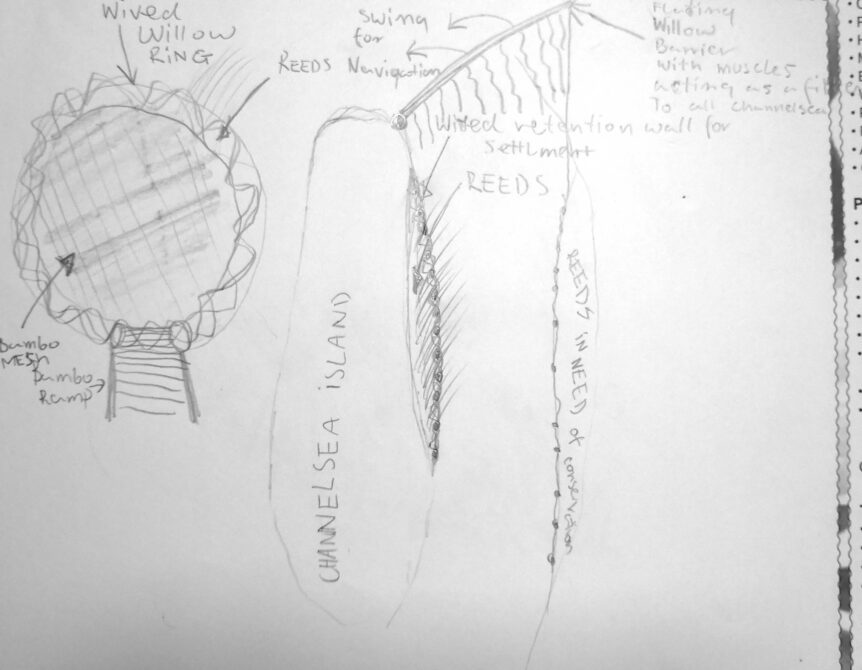
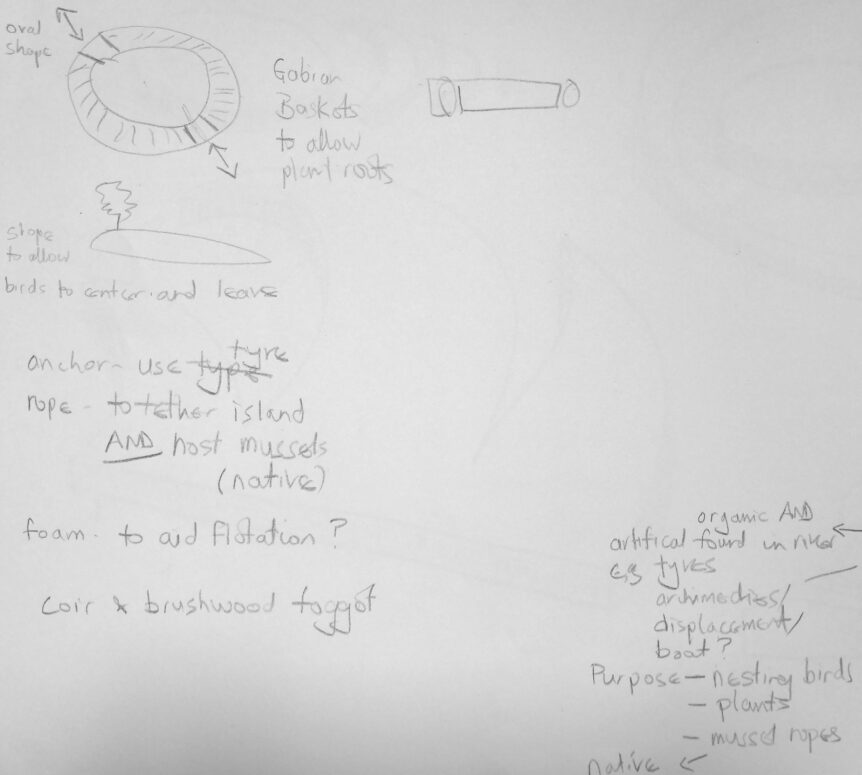
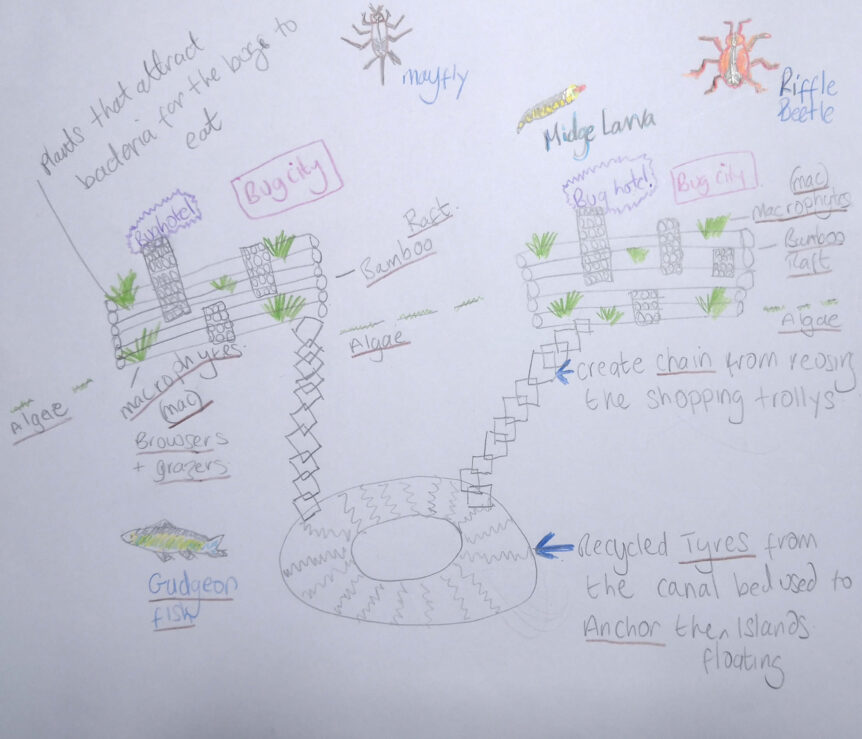
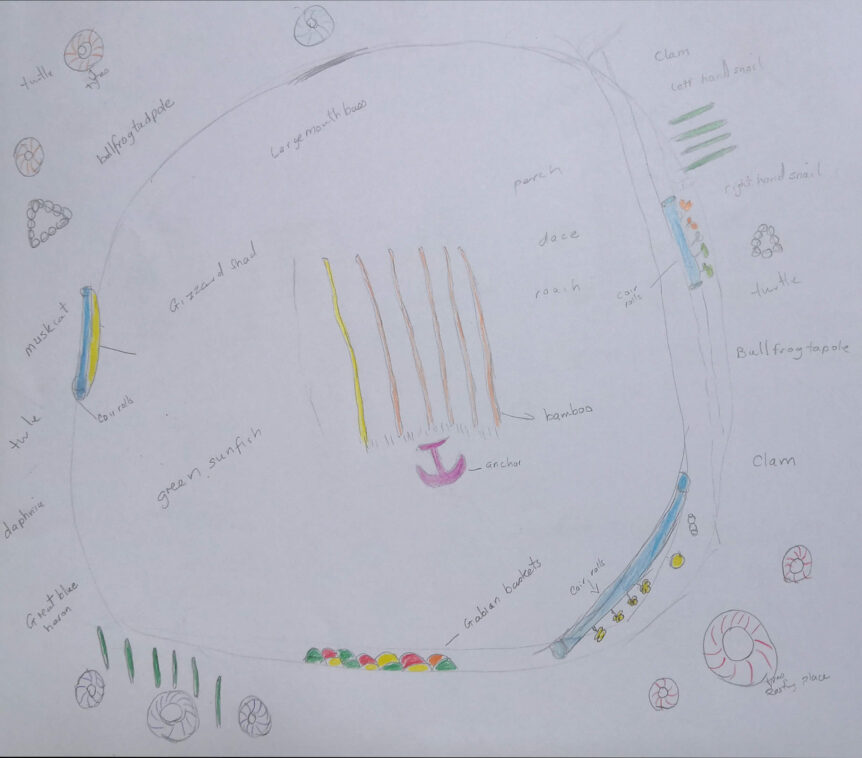
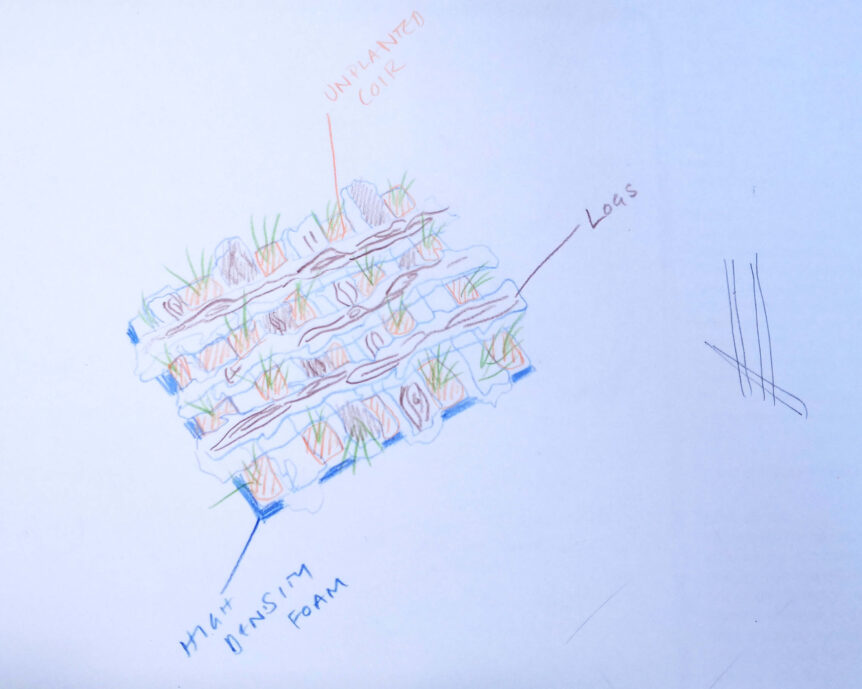
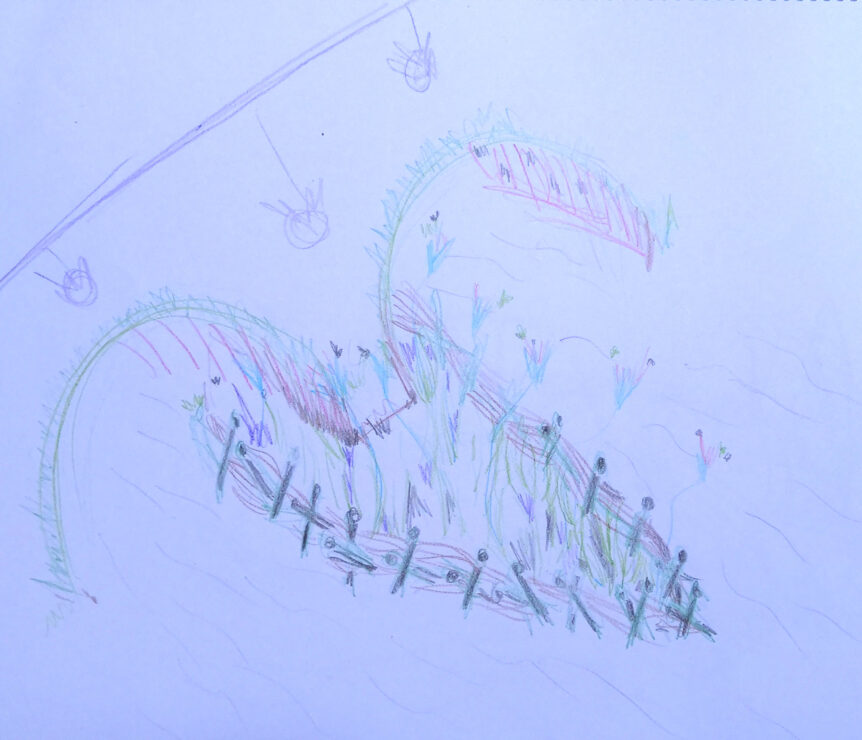
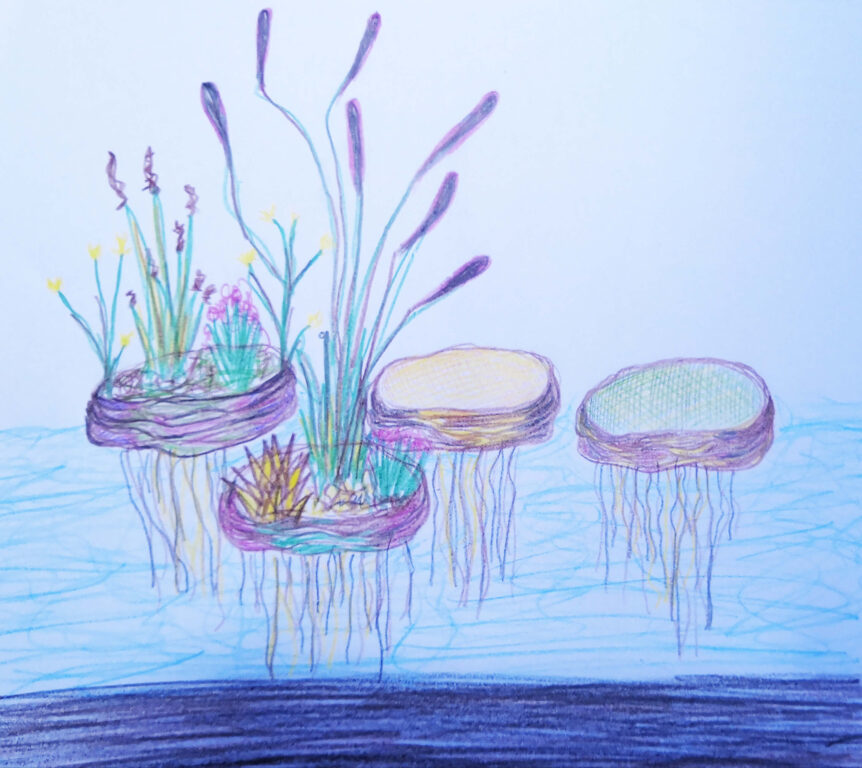
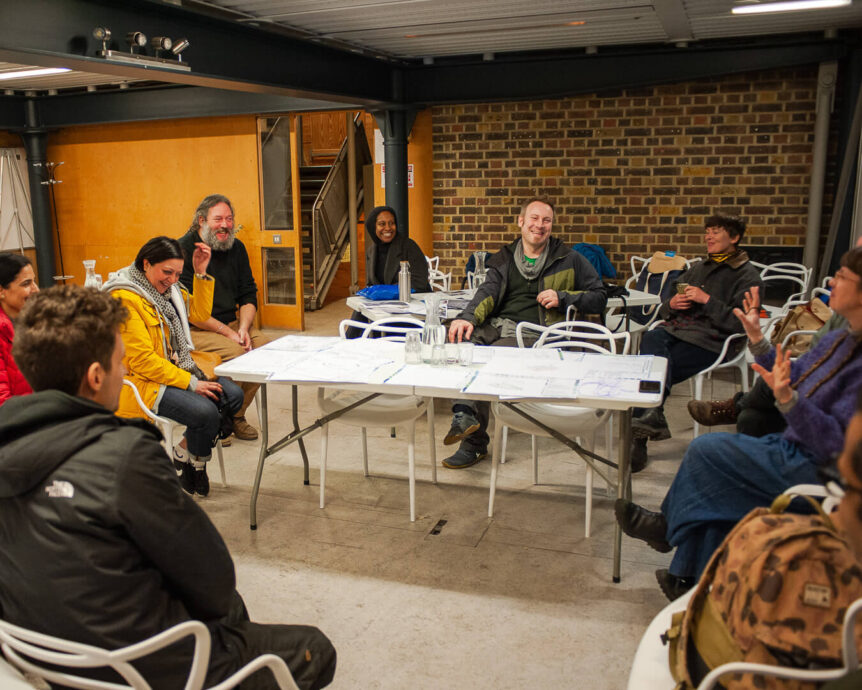
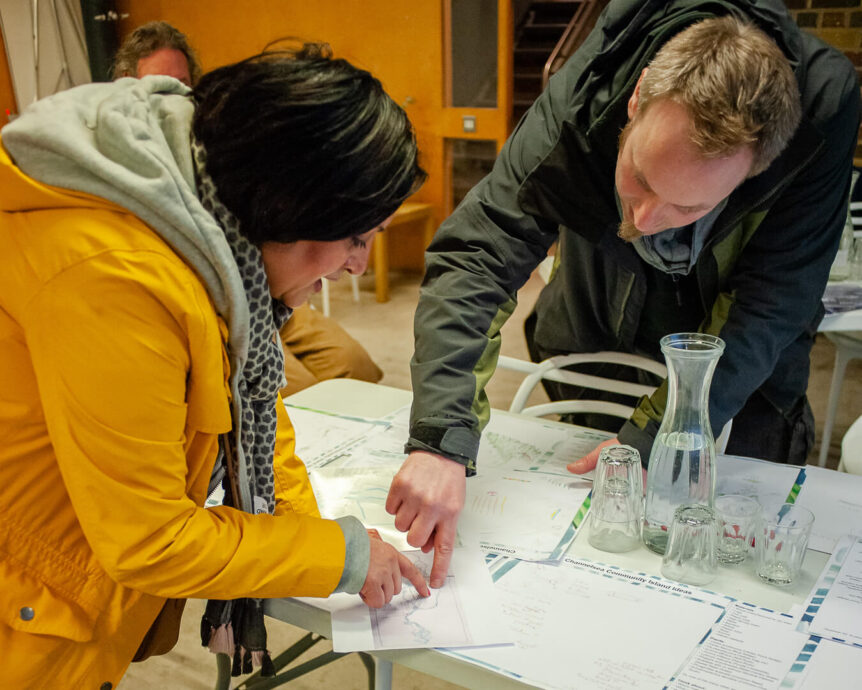
Comments
I am Deputy Chair of Newham Conservation Volunteers. We are currently in the process of building a floating nesting raft for the large pond in Forest Lane Park, E7. Looking at you photos and drawings I can’t see how you anchored your rafts to the bottom of the riverbed. Are you rafts free-floating? (I note that some are tied to the railings along the river wall at Abbey Mills). What makes them float?
Did you apply any wood preserver to your rafts or use tannalized timber? NCV plan to use a Canadian timber treatment that is supposed to be non-toxic to help preserve their raft.
Hope you have the time to respond to these queries and KEEP UP THE GOOD WORK!
Regards, Gregory
Hi Gregory,
So sorry not to have responded to this! We have a quarantine system and your message got left in there, apologies. Hopefully you have found a way to make your raft by now? We’d love to see some pics or come and visit! We used concrete blocks with wire set in them to anchor the rafts, and yes also tied off to the railings and to the pilings in the river as well, so each island has two points of contact so it doesn’t spin round.
We used bamboo and we varnished it with marine varnish, seems to be holding out ok so far….
all the best
Surge